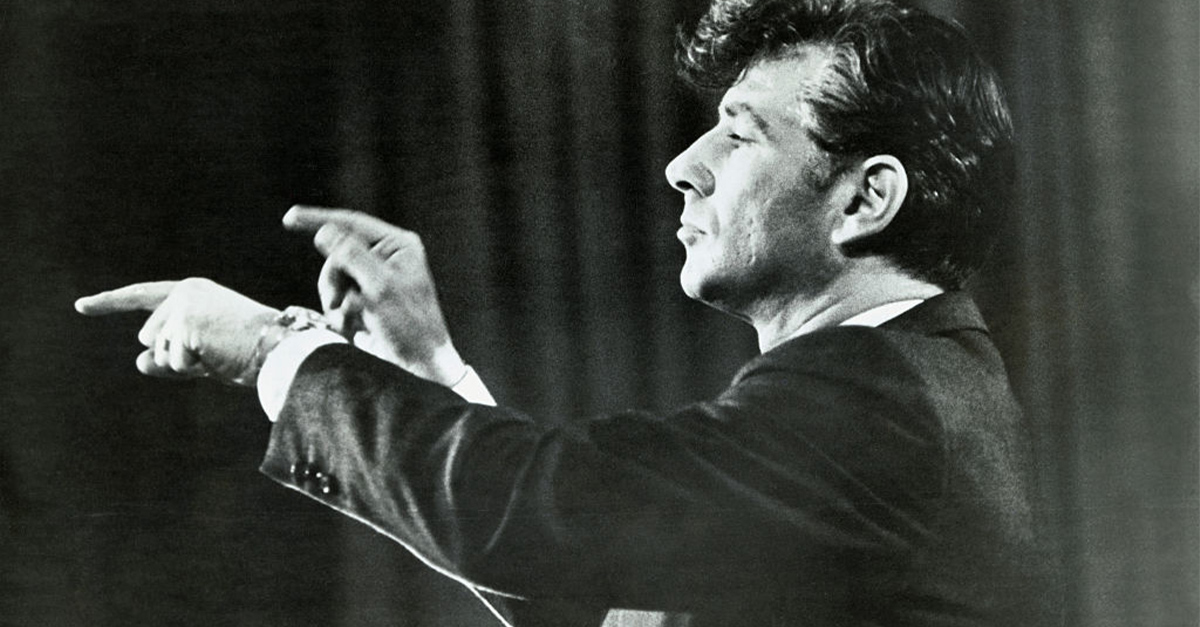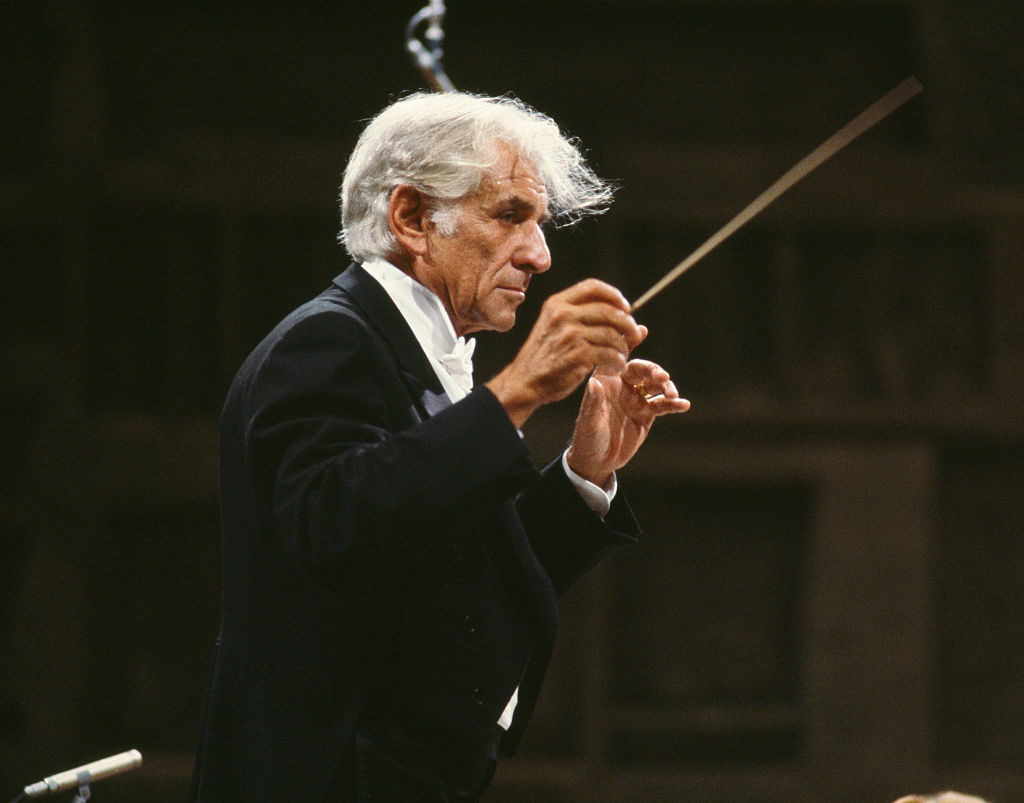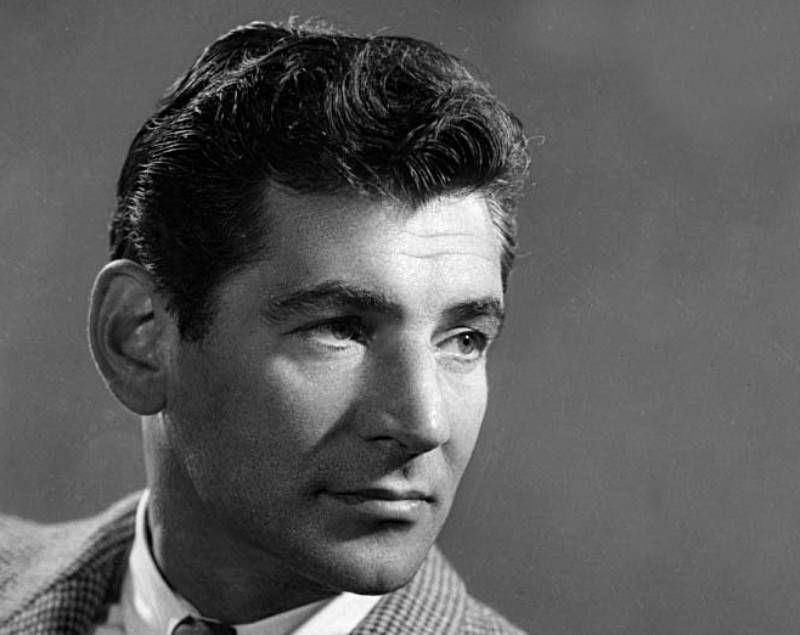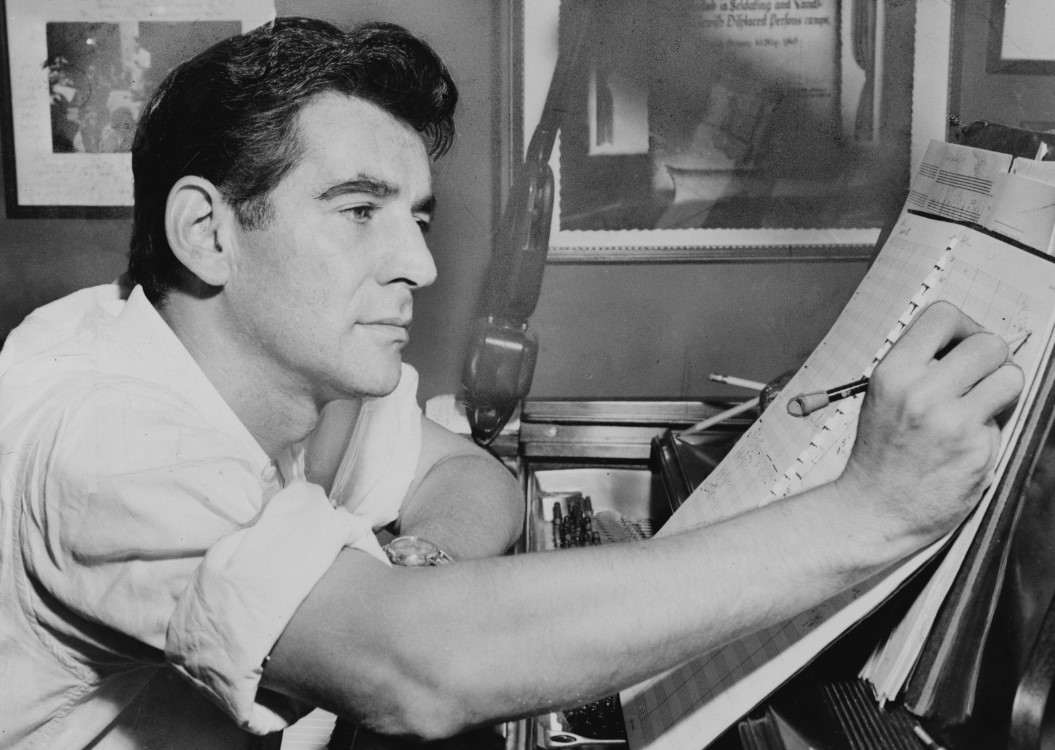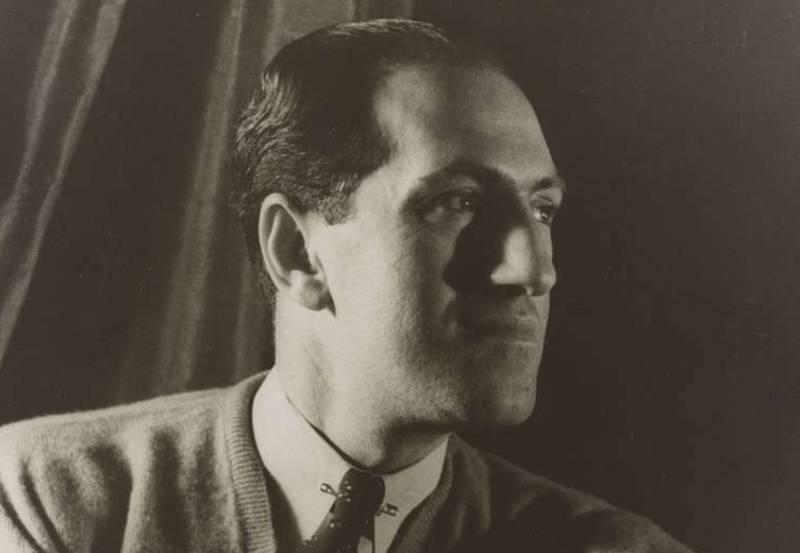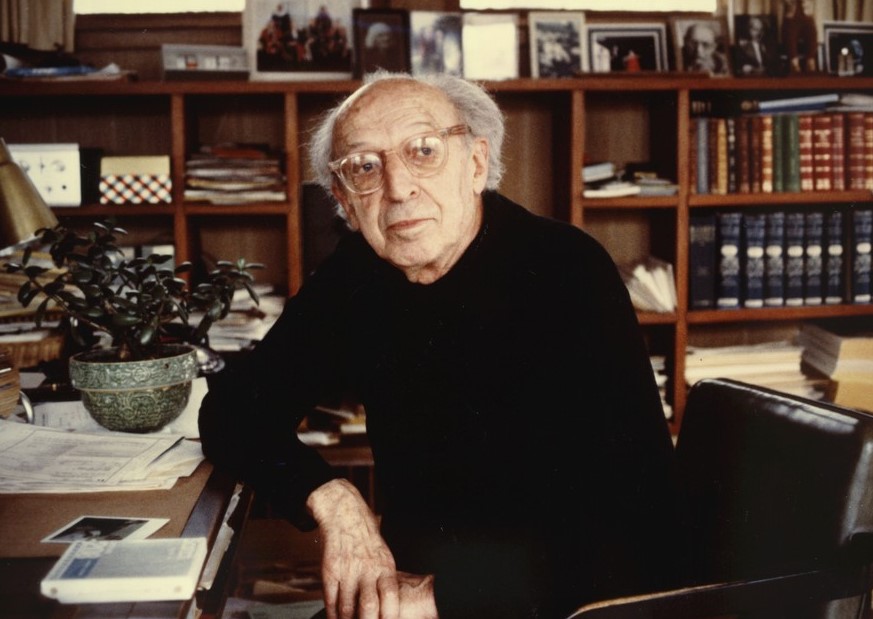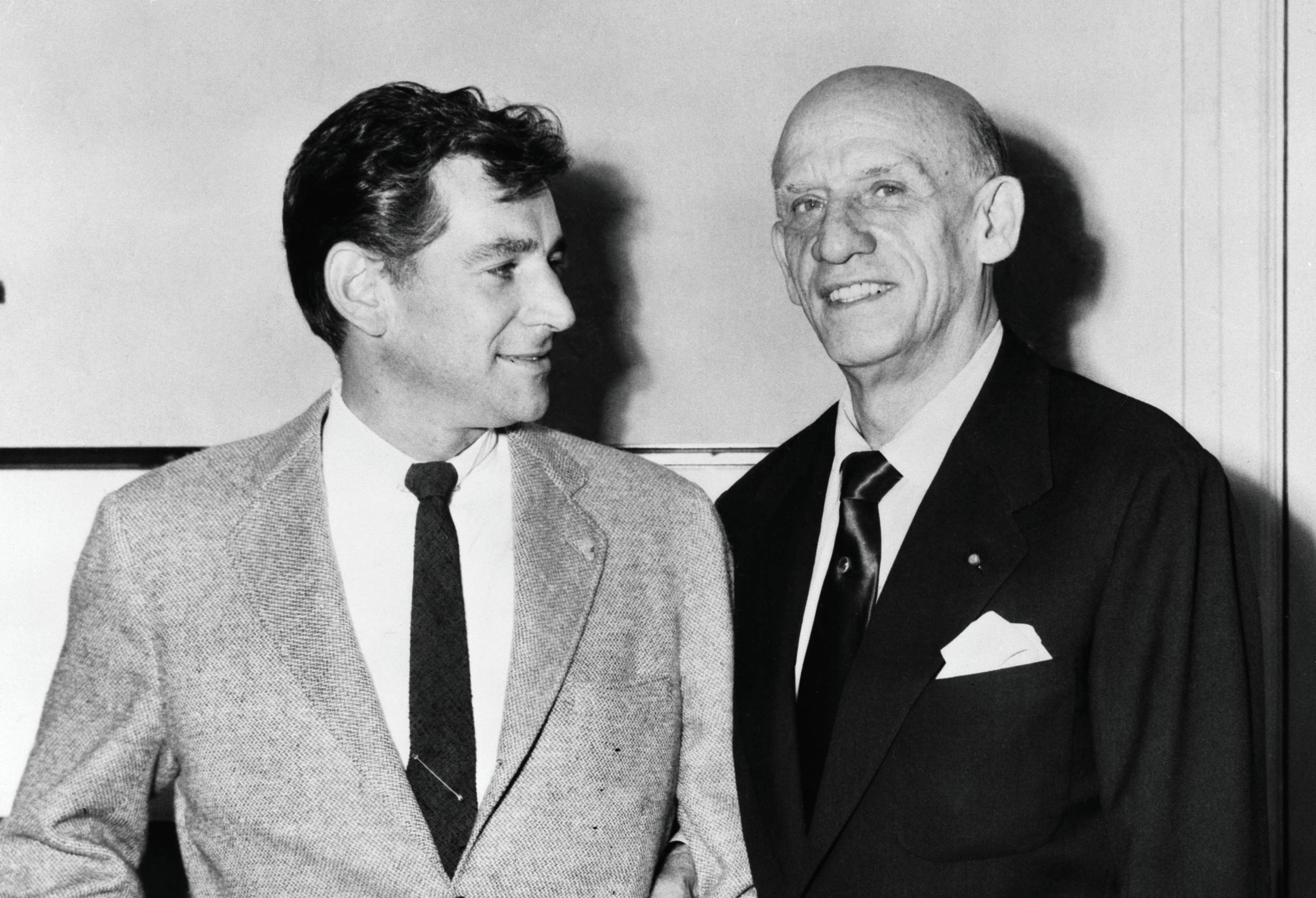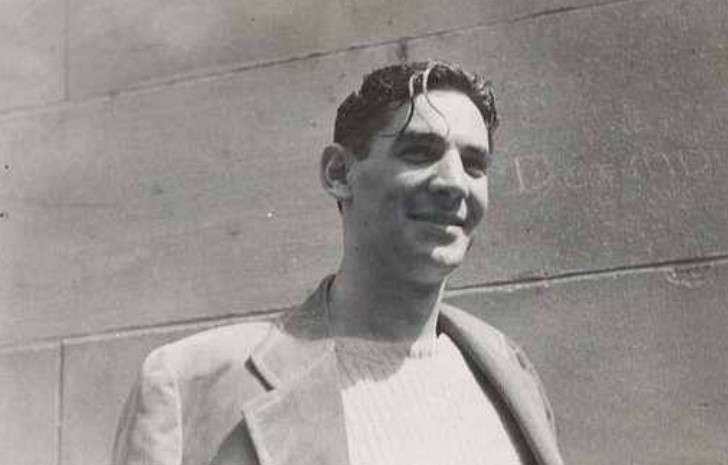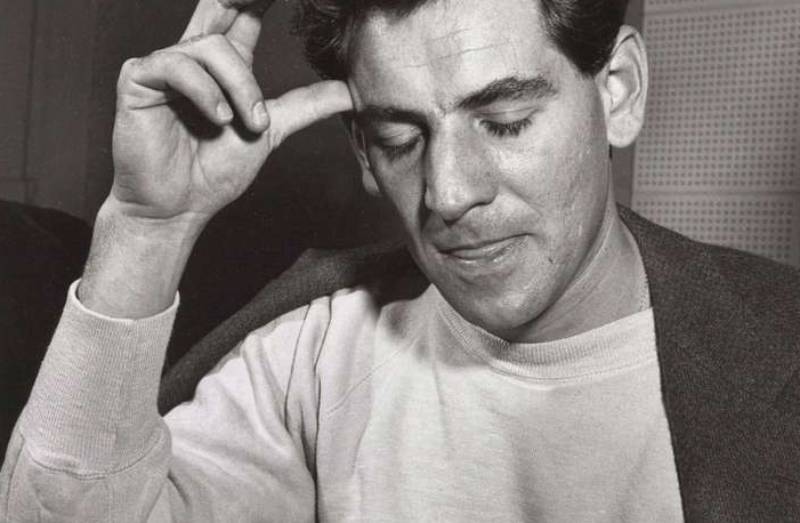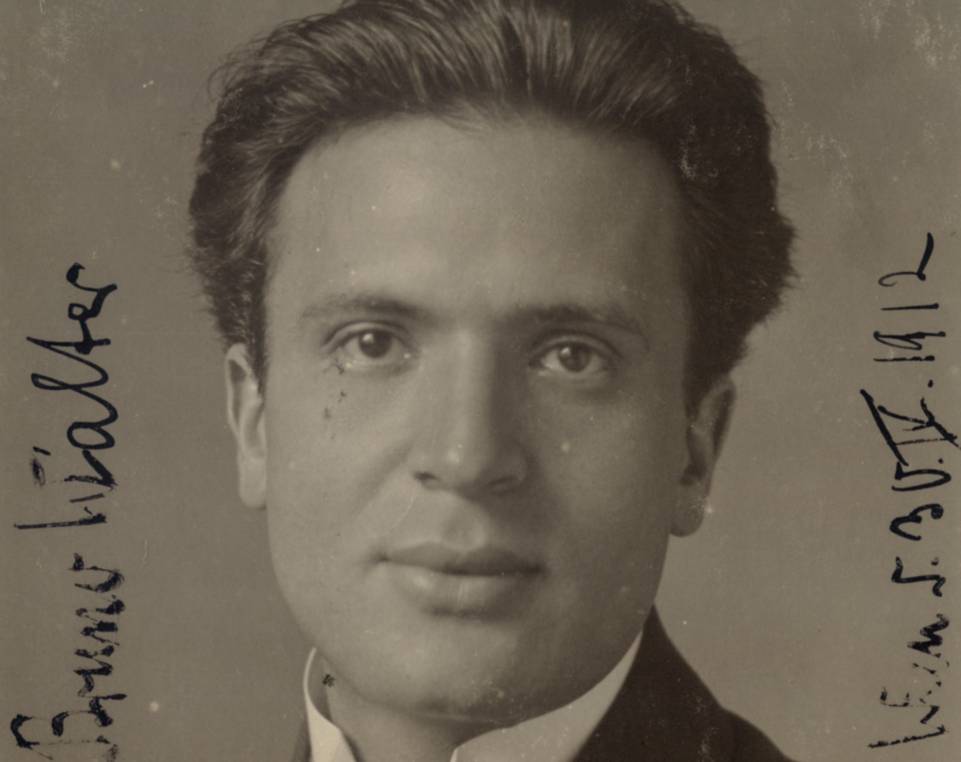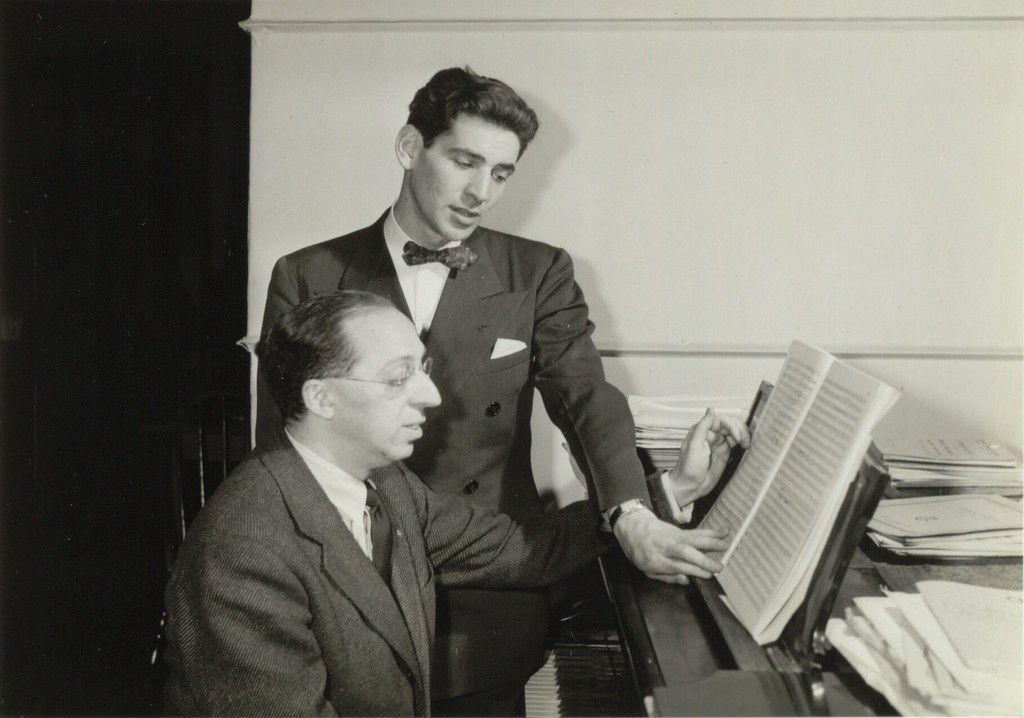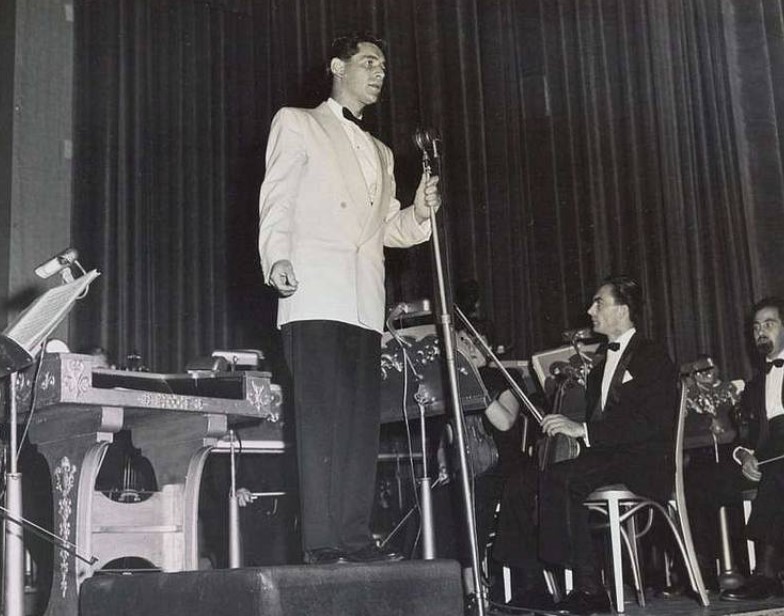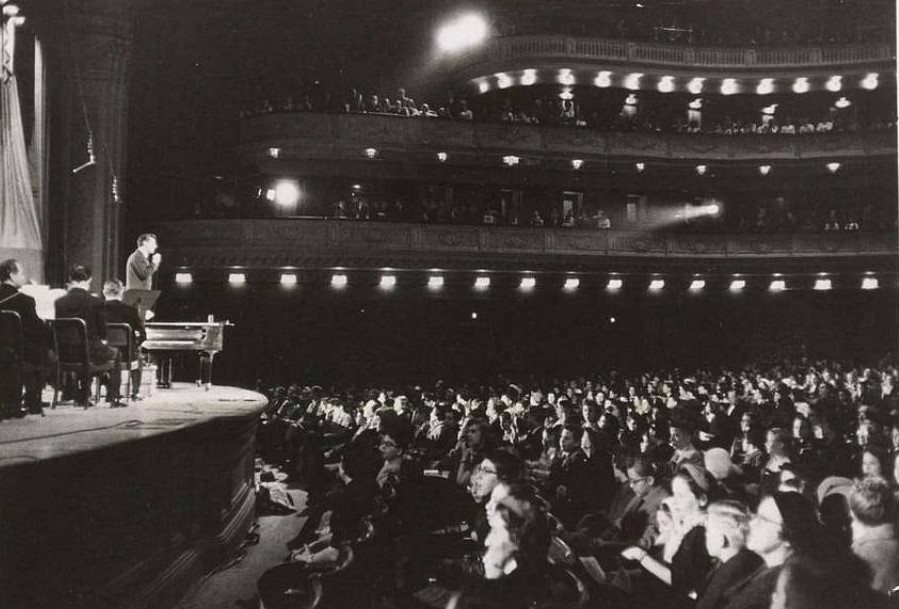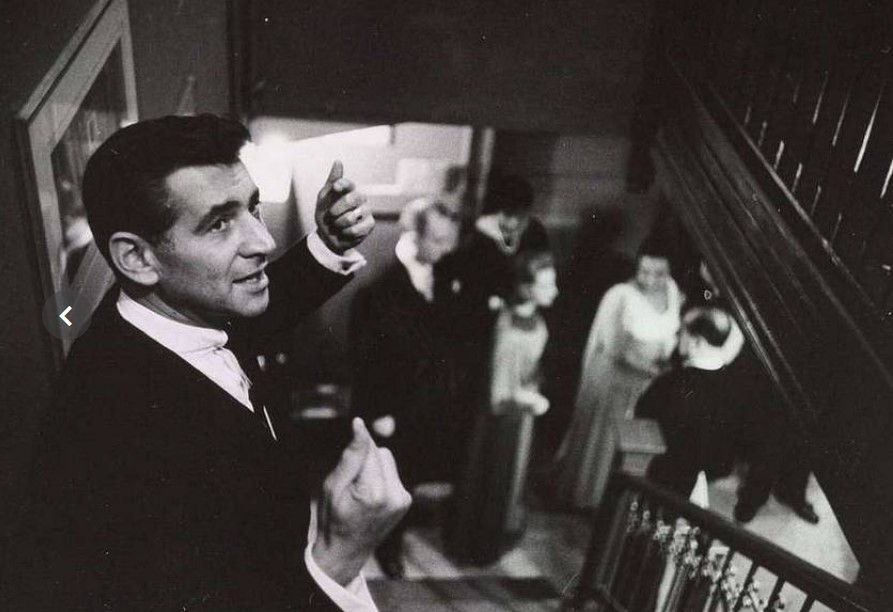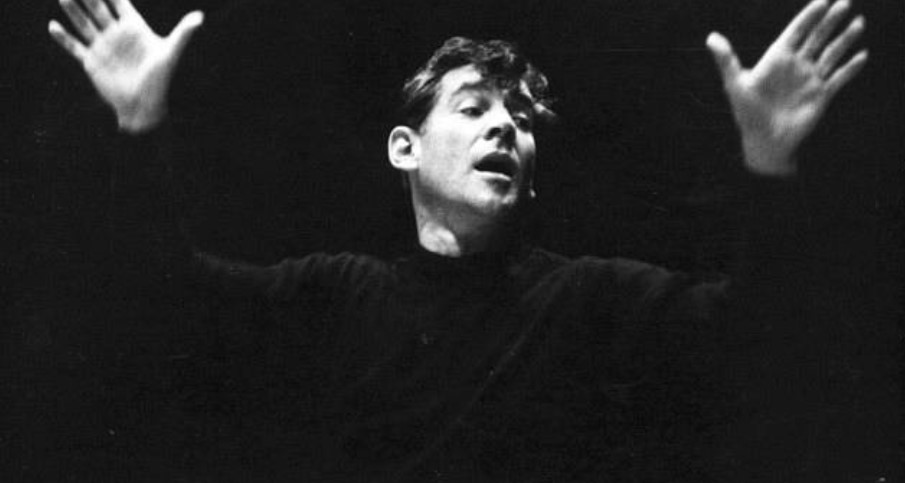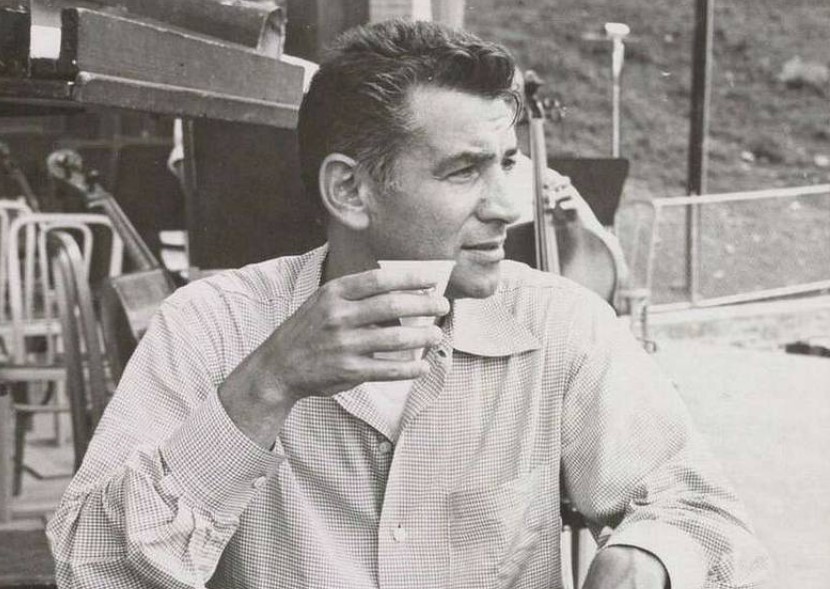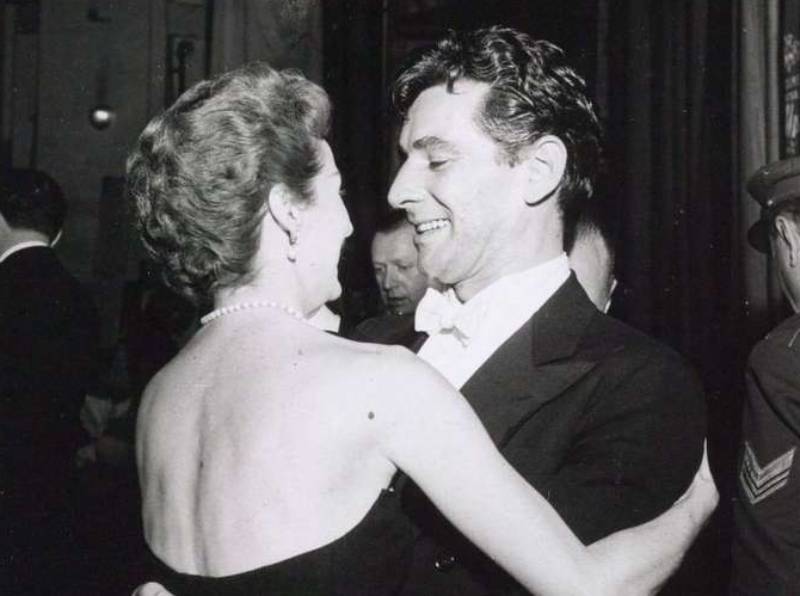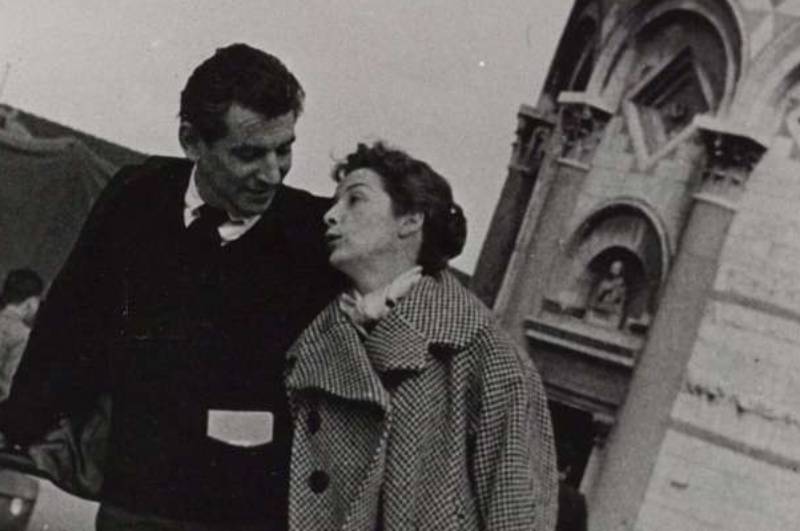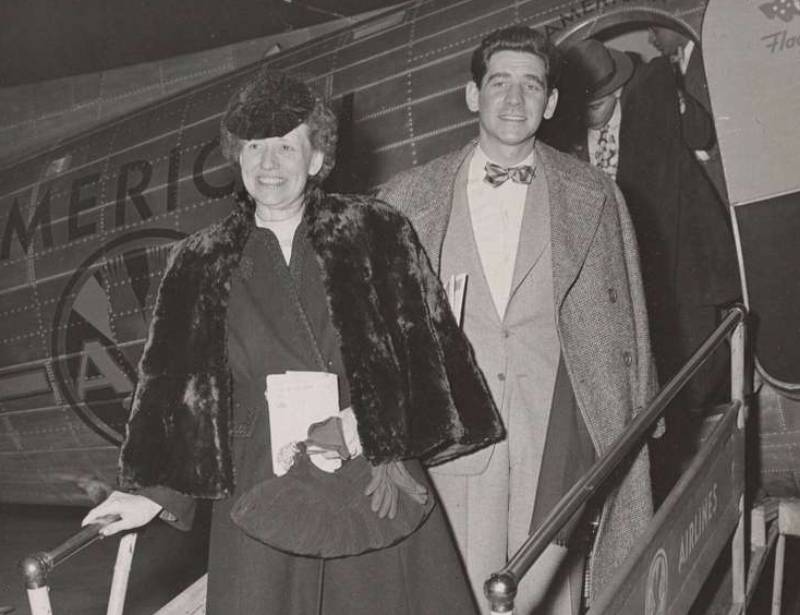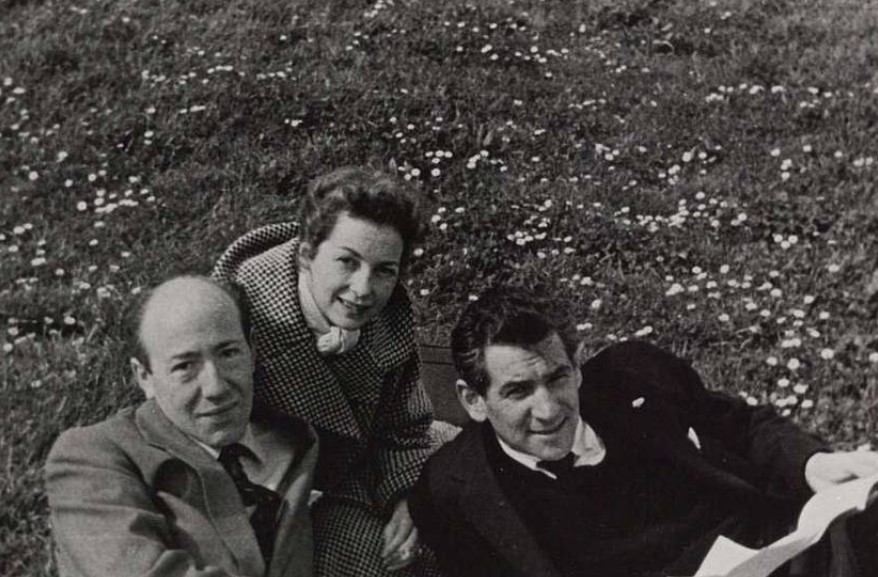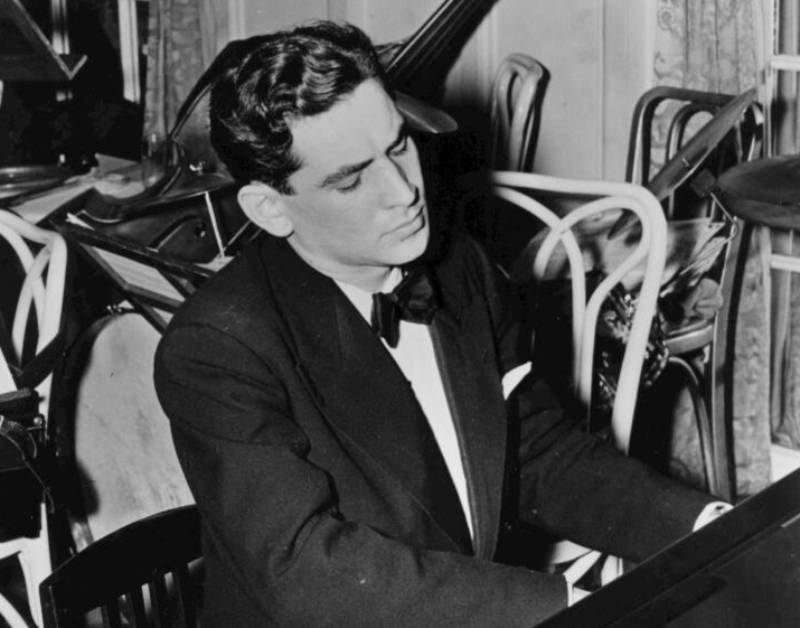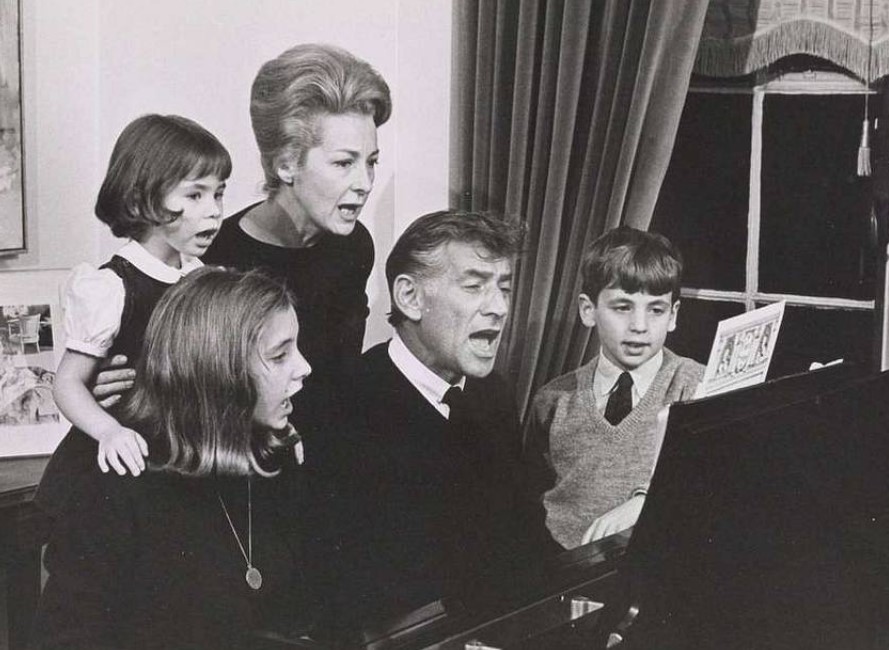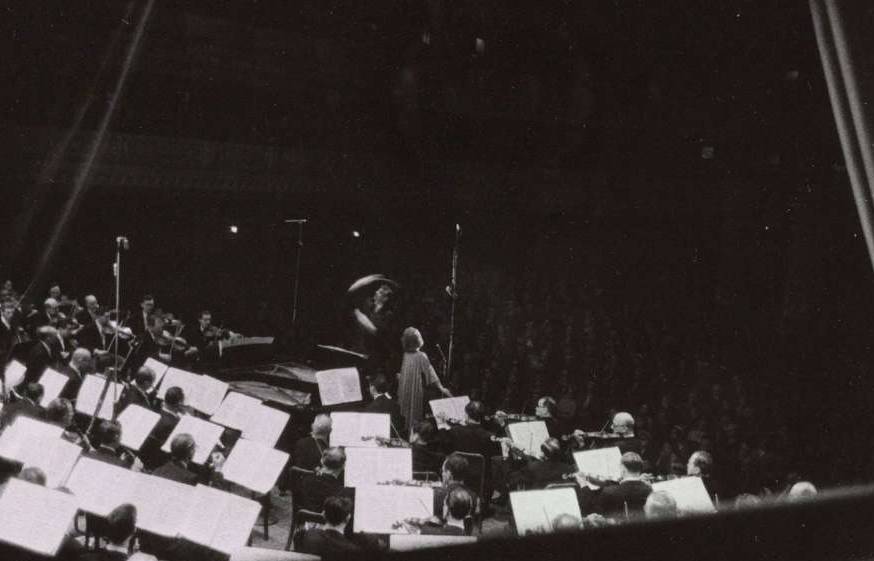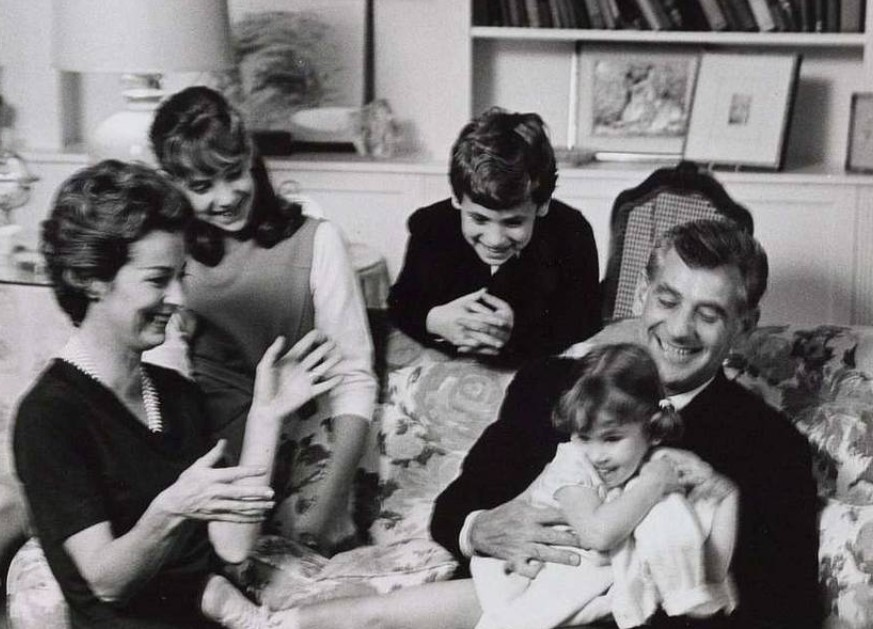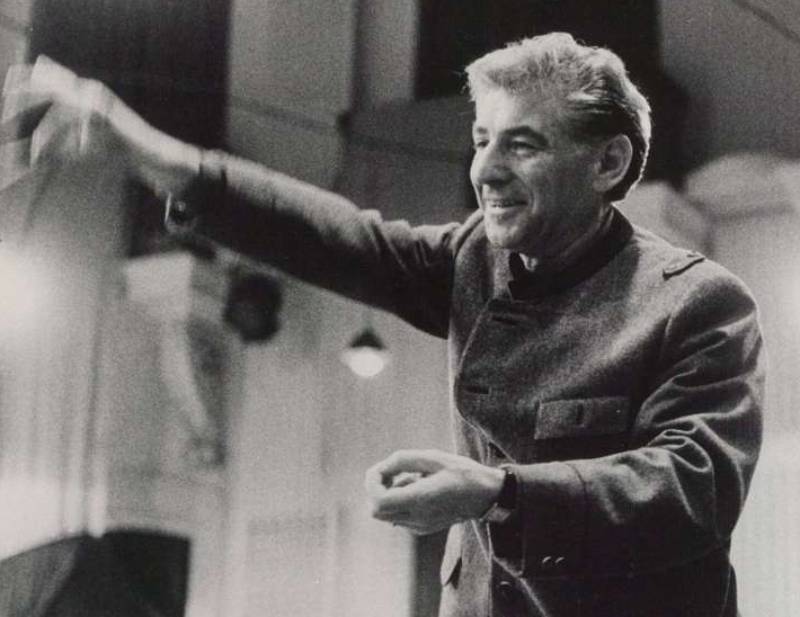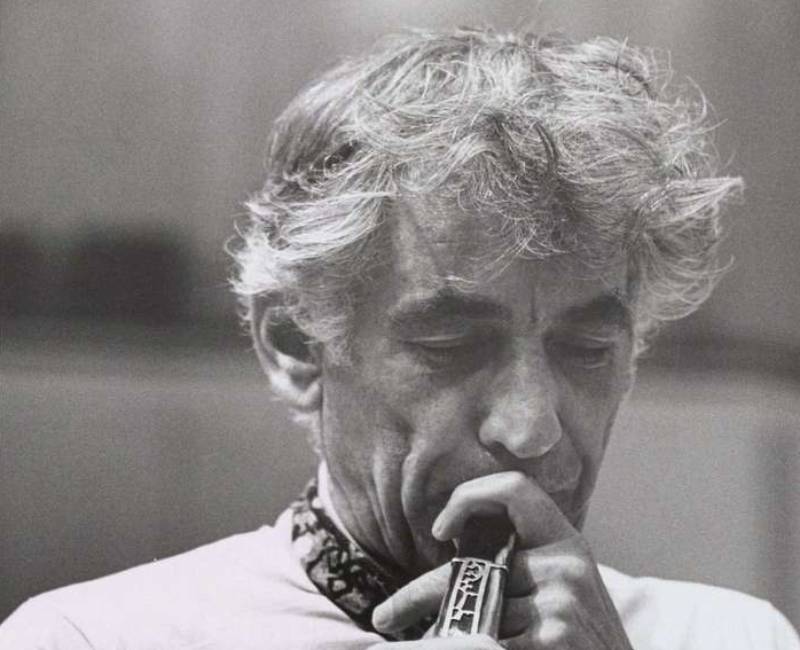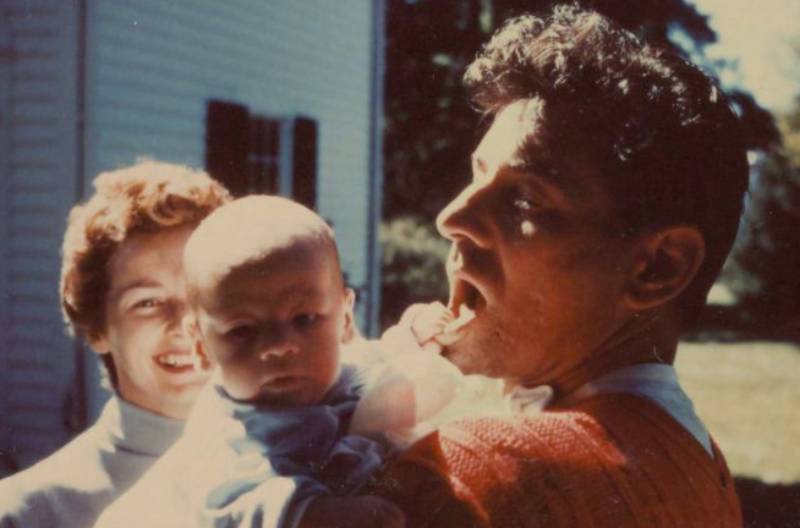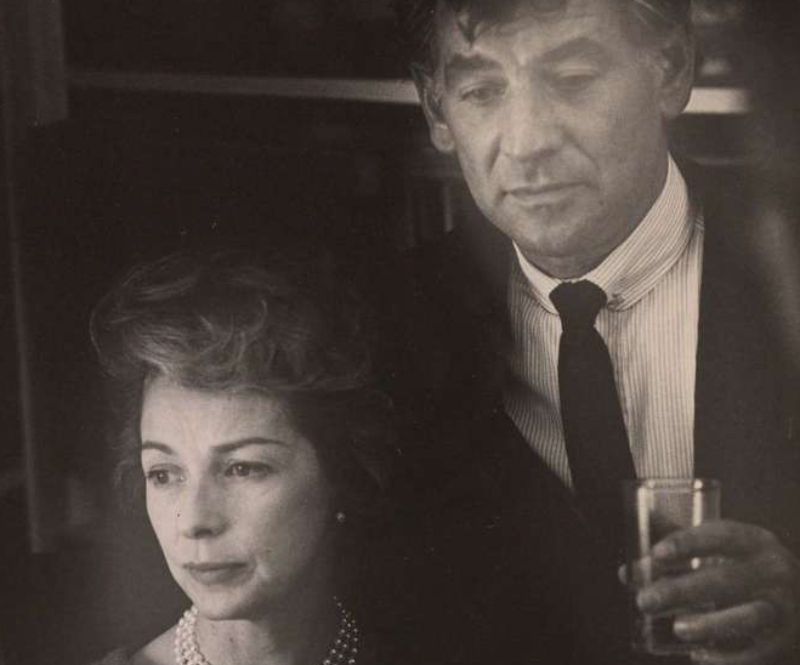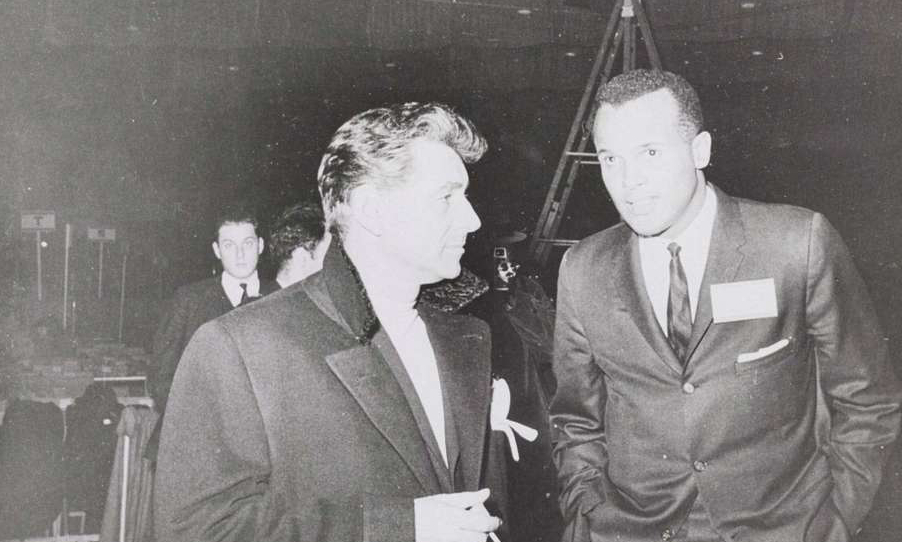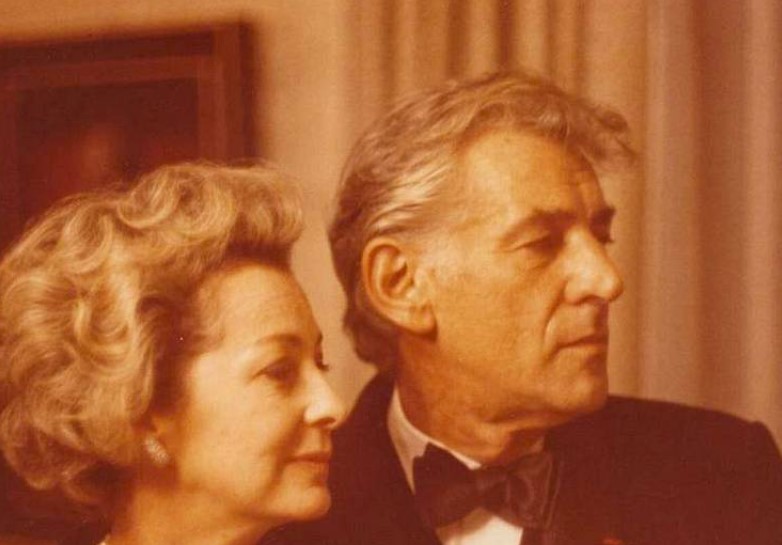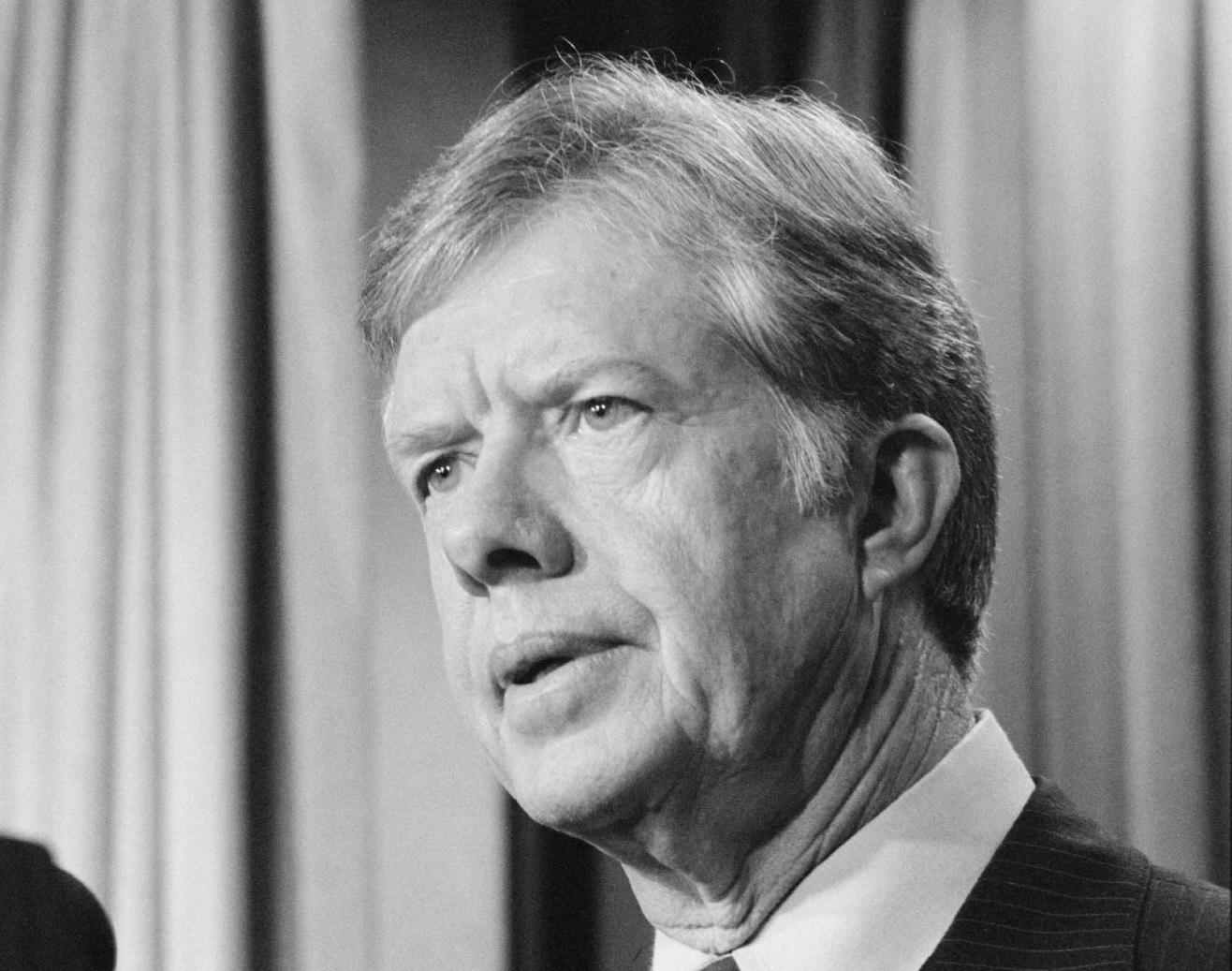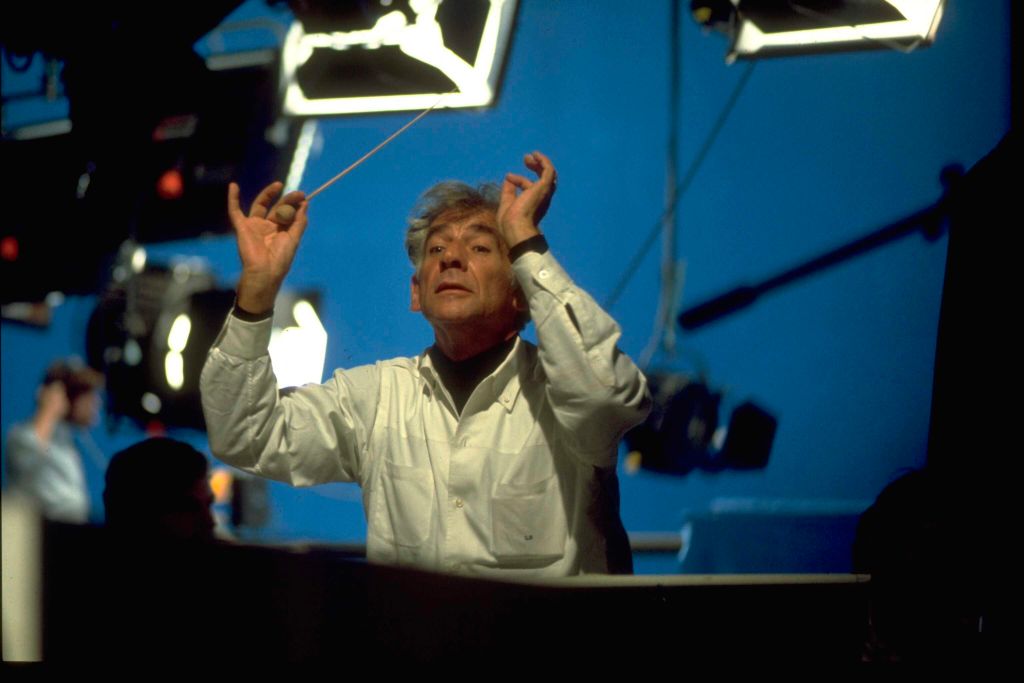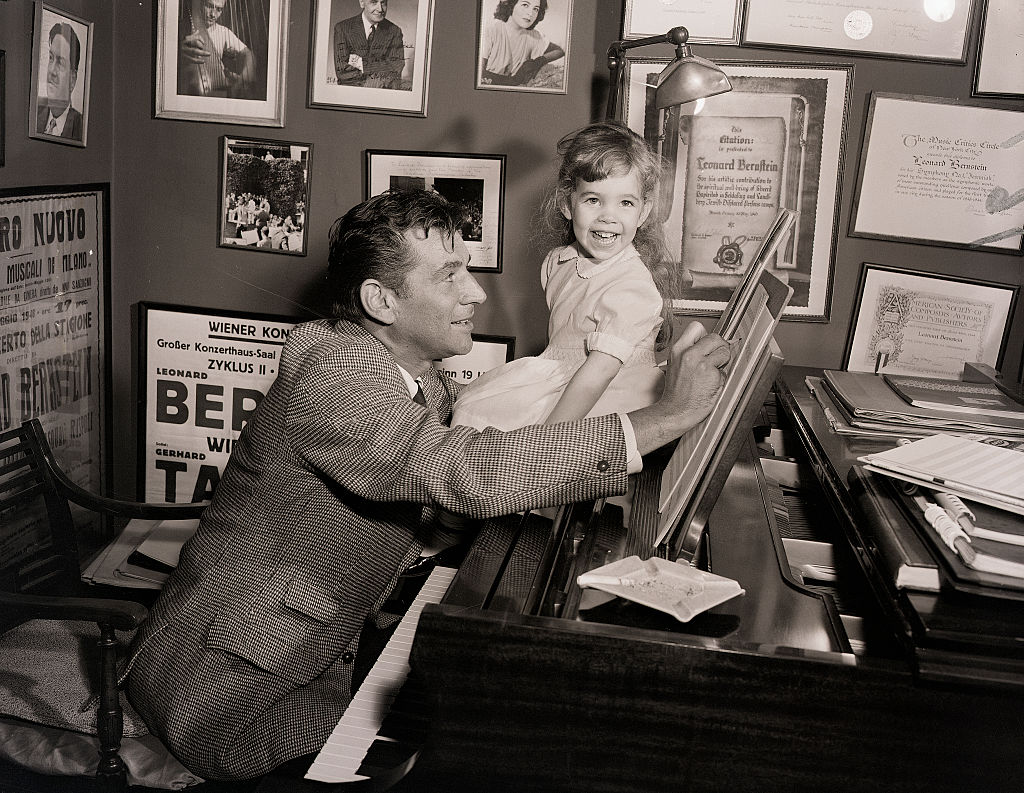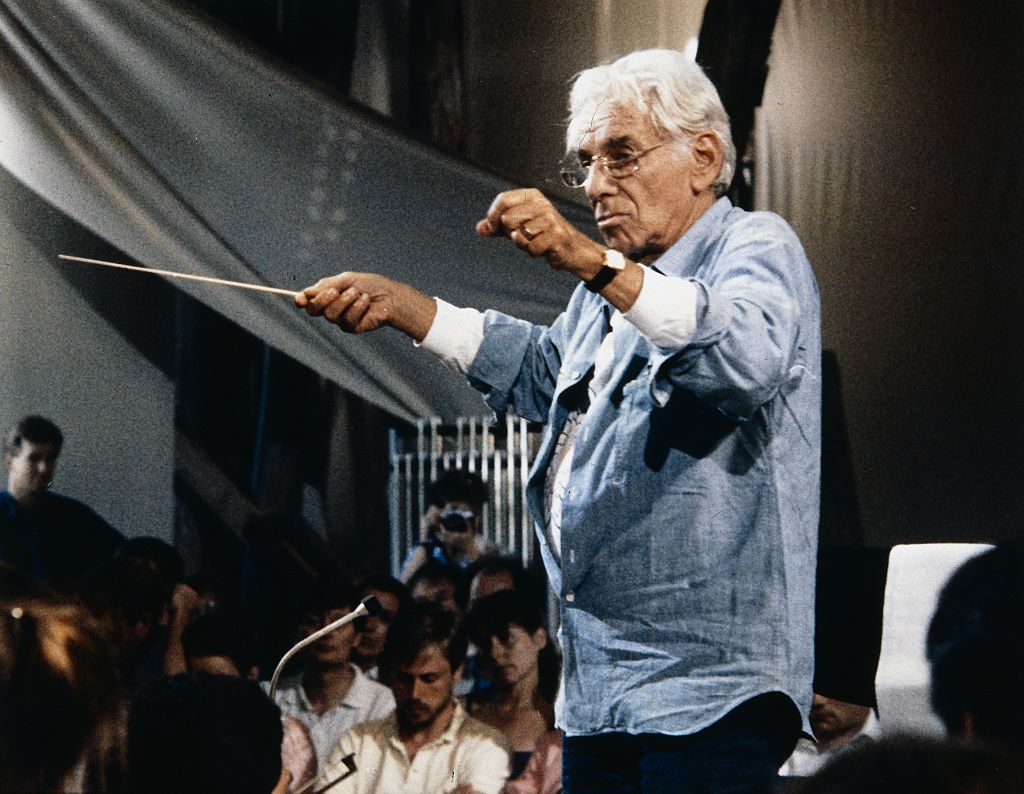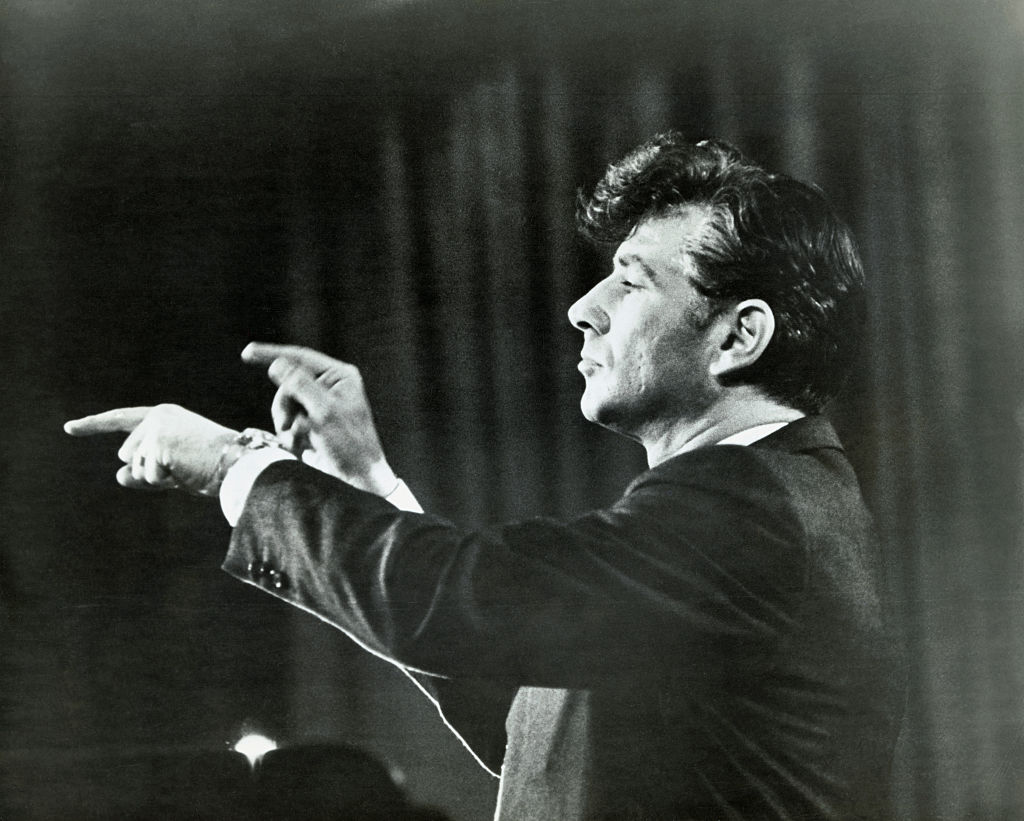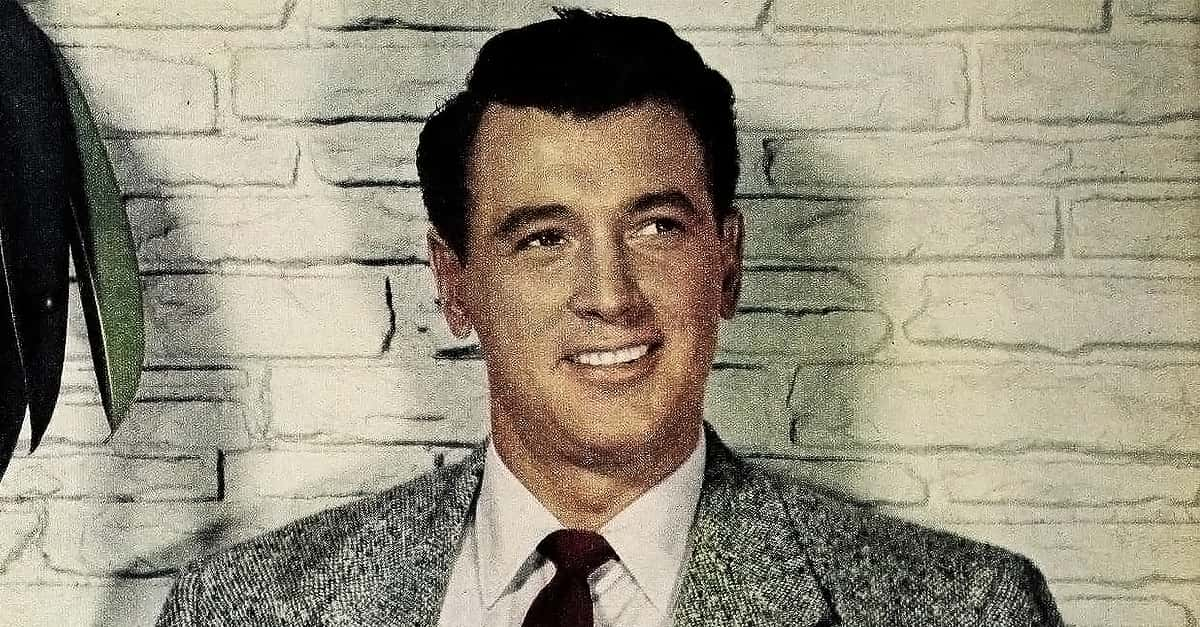Leonard Bernstein was the musical genius behind West Side Story. His conducting might have popularized classical music but he primarily composed scandals.
1. He Lived A Double Life
When it comes to musical conducting and composing, there is only one name everyone must know: Leonard Bernstein. But when the undisputed “King of Composition” wasn’t writing music for Broadway classics such as West Side Story, he was writing scandals in his own life.
Even at the height of his fame, Leonard Bernstein lived a double life and kept a sordid secret.
2. He Wasn’t Musical At First
Leonard Bernstein was born in 1918 to Jennie and Samuel Joseph Bernstein, both Jewish immigrants from Ukraine. There was nothing particularly musical about his upbringing to suggest that he would go on to become the foremost name in classical music. In fact, it’s a wonder that Bernstein even survived his troubled infancy.
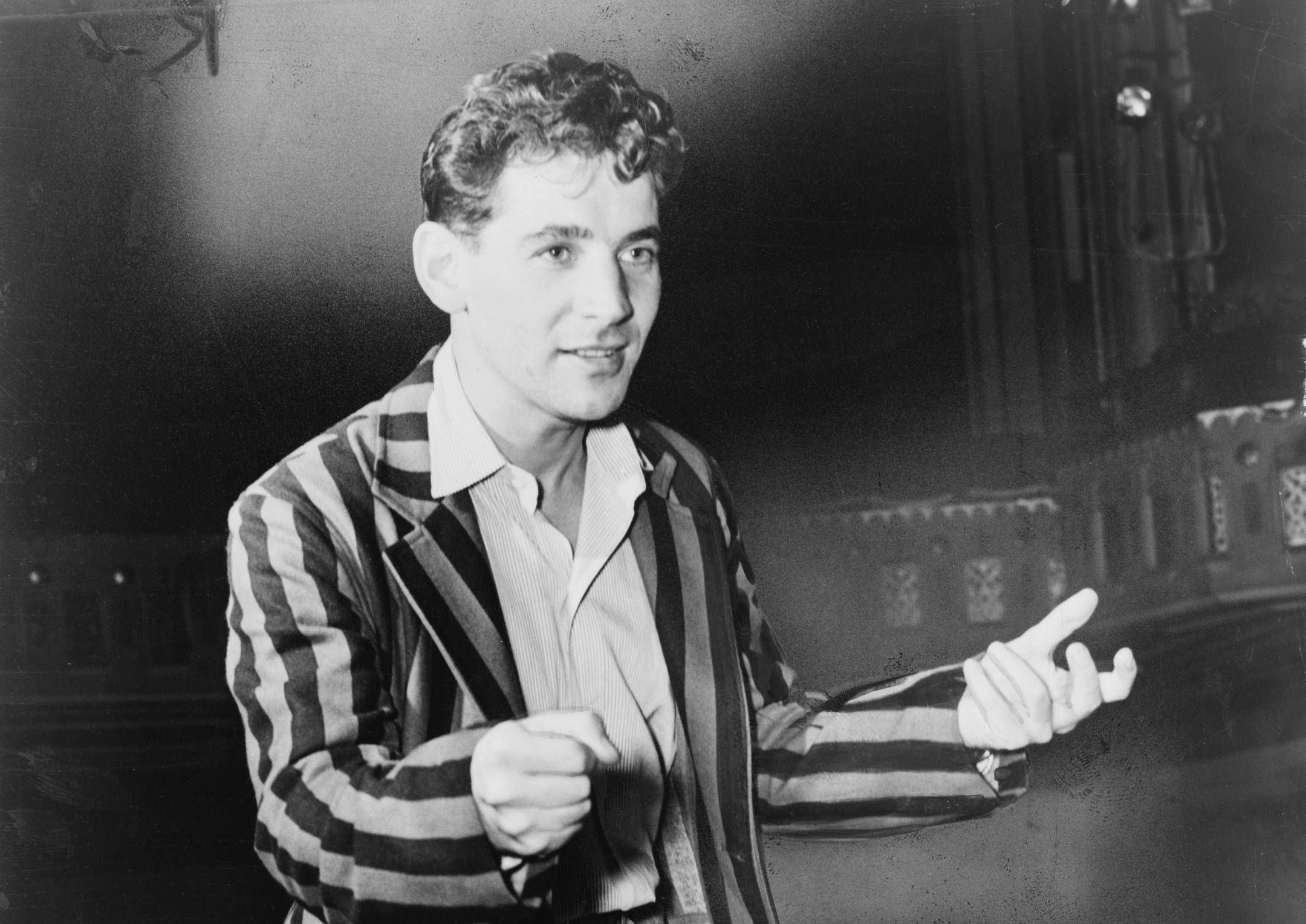 Fred Palumbo, Wikimedia Commons
Fred Palumbo, Wikimedia Commons
3. He Was Wheezy
From birth, Bernstein had been sickly and frail. He suffered from severe asthma attacks and his coughing fits would turn his little face blue as wheezed and gasped for air. Even as he grew older, as the luminary piano virtuoso and magical maestro, his coughing fits often stole the show as audiences could hear him wheezing over the orchestra.
4. He Was A Late Bloomer
At first, Bernstein’s only real exposure to music was the radio. It wasn’t until he was ten years old that a chance event ignited his passion for sound and song. His aunt Clara dropped off an upright piano at the Bernstein home. The curious little Bernstein then began to teach himself how to play the instrument. But he knew he couldn’t get far without lessons.
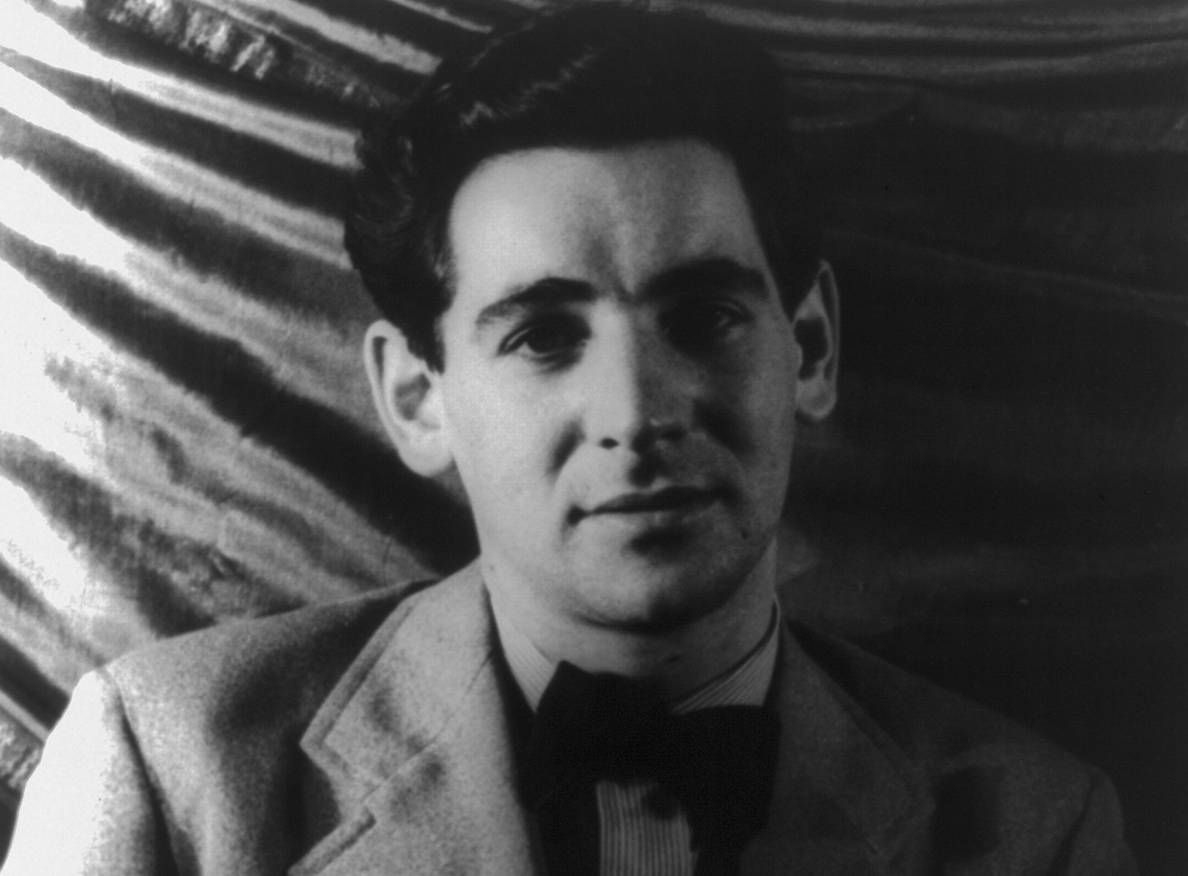 Carl Van Vechten, Wikimedia Commons
Carl Van Vechten, Wikimedia Commons
5. His Father Wouldn’t Pay For Lessons
Bernstein grew up during the throes of the Great Depression. While his father managed to keep the family afloat, he certainly didn’t think that music was any career path for Bernstein. So, when Bernstein approached his father about paying for music lessons, he received a resounding “No!”
It’s possible that his father knew something even Bernstein didn’t.
 William P. Gottlieb, Wikimedia Commons
William P. Gottlieb, Wikimedia Commons
6. He Put On Children’s Shows
Without his father’s help, Bernstein figured the best way to learn music was to teach it. He started giving piano lessons to the other neighborhood children and putting on concerts and shows. He organized the neighborhood kids and corralled them into putting on shows such as Bizet‘s “Carmen”. His father could no longer deny his son’s talent—or his natural inclinations.
7. He Was Fond Of Pops
Seeing his son’s talent, Bernstein’s father decided to encourage his musical education. As a teenager, Bernstein began to attend orchestral concerts. His first concert featured the Boston Pops Orchestra. Looking back, Bernstein reminisced, "For me, during those days, the Pops represented heaven itself[...]I truly believed it was the pinnacle of human achievement”.
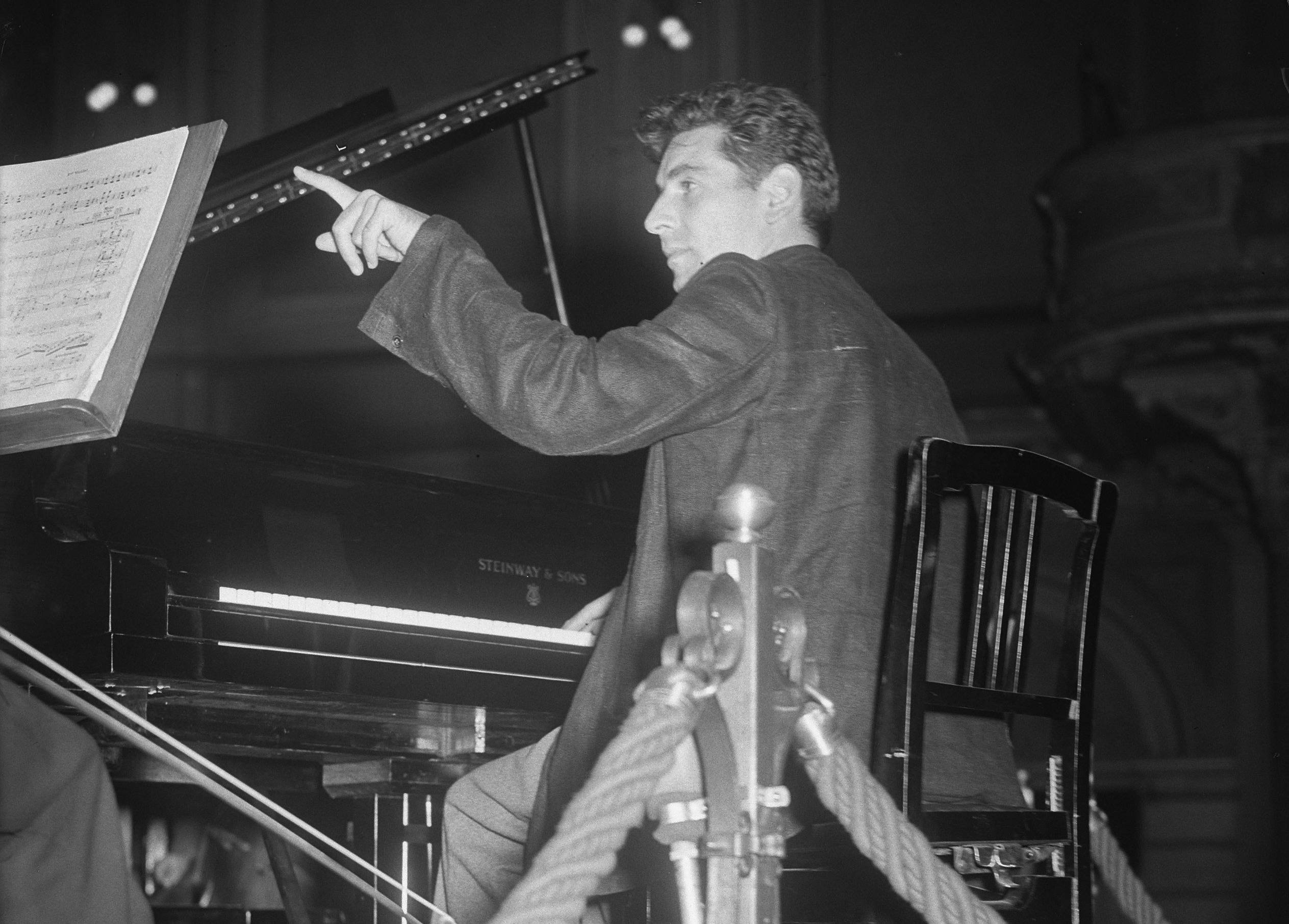 Harry Pot , CC0, Wikimedia Commons
Harry Pot , CC0, Wikimedia Commons
8. He Was Gaga Over Gershwin
Growing up, Bernstein idolized composers—not baseball players or movie stars like the other boys. But that’s because he wasn’t like the other boys. His idol, George Gershwin, passed away when he was working as a camp counselor. He grieved the only way he knew how. A visibly “shaken” Bernstein forced the camp to do a moment of silence in the mess hall, then played some of Gershwin’s music as a tribute.
His obvious talents paved the way.
9. He Was “Gleeful”
Bernstein had a prominent college career at Harvard. You might even say he was “gleeful”. In between furthering his musical education and composing music with the likes of Donald Davidson, Bernstein had a side hustle. He joined the Harvard Glee Club and worked as an unpaid pianist with the Harvard Film Society. What’s another word for “happy”?
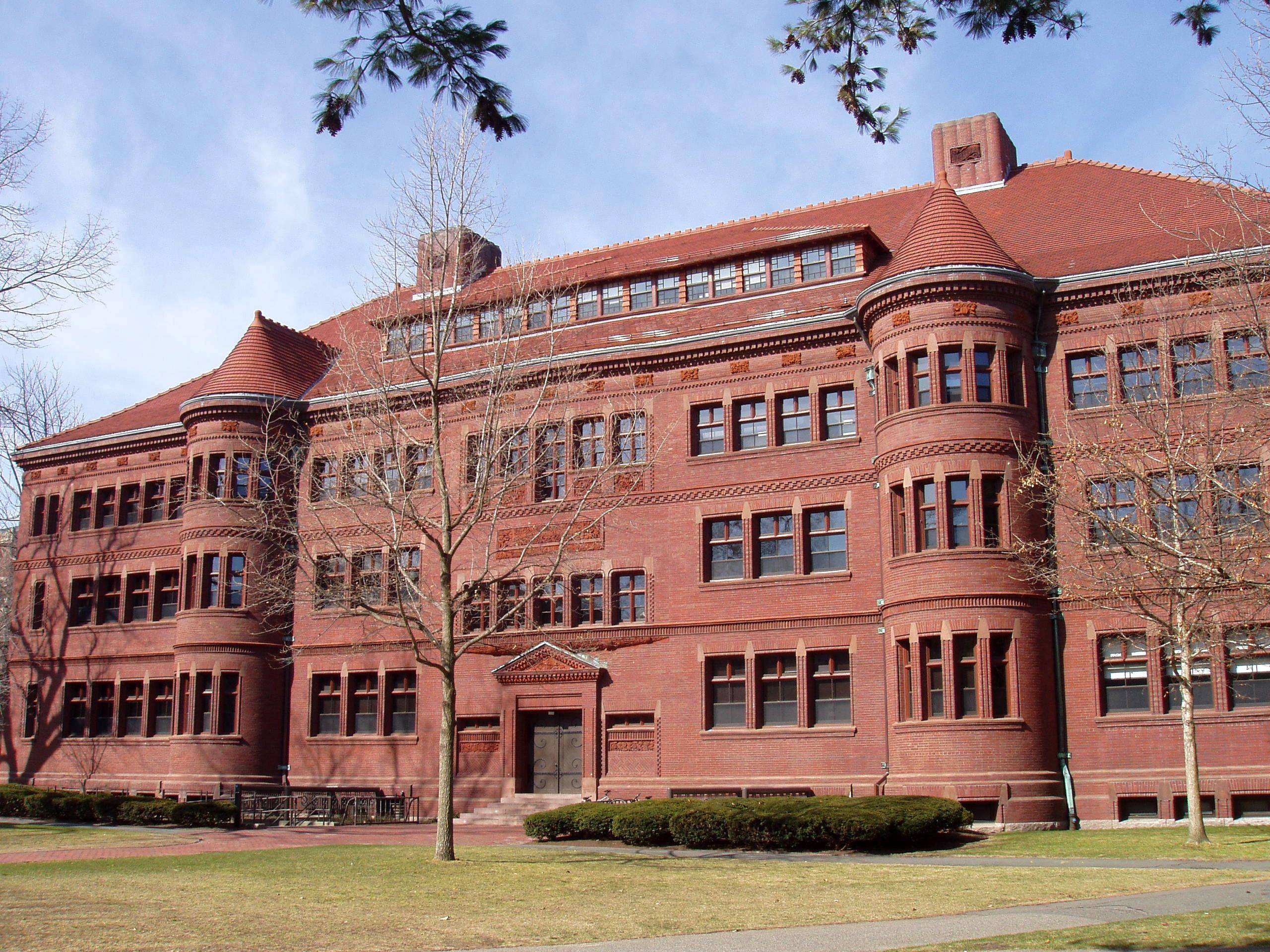 Daderot., CC BY-SA 3.0, Wikimedia Commons
Daderot., CC BY-SA 3.0, Wikimedia Commons

History's most fascinating stories and darkest secrets, delivered to your inbox daily.
10. He “Copped” A Feel
Bernstein learned a lot from his professors at Harvard but his real education in music came from a chance encounter. At a dance recital in New York City, Bernstein found himself sitting next to the legendary conductor and composer, Aaron Copland. Copland, intrigued with the talented young Bernstein, invited him to his birthday party after the recital.
It was the beginning of a beautiful relationship.
11. He Impressed Copland
At Copland’s birthday party, Bernstein did what he did best—dazzled guests with his musical talents. The young composer put on an impromptu concert, playing Copland’s own challenging Piano Variations. Bernstein’s performance impressed Copland so much that the two formed a lasting relationship, with Bernstein calling Copland his “only real composition teacher”.
Copland taught him a whole lot more than music though.
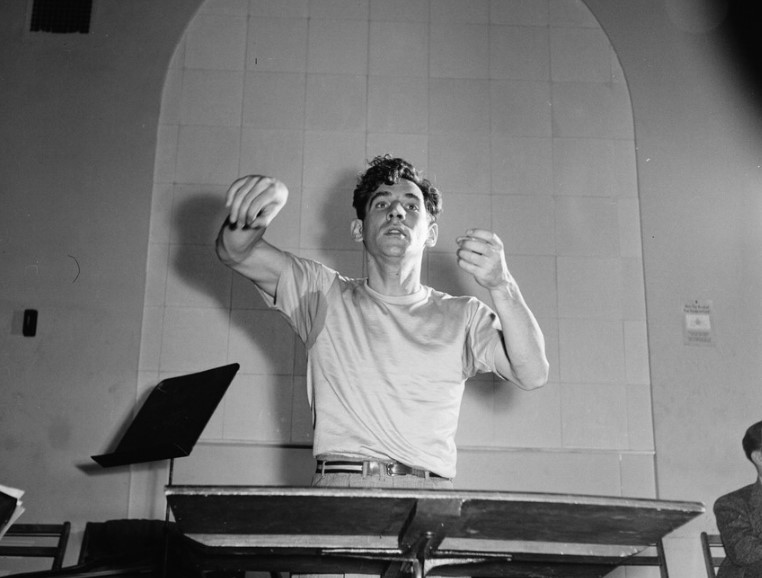 The Library of Congress, Wikimedia Commons
The Library of Congress, Wikimedia Commons
12. He Started A Secret Affair
Copland brought out more than just Bernstein’s musical talents—he also brought out his secret inner desires. In the midst of his Harvard days, the young, vibrant and promising Bernstein started a secret affair with Copland. In fact, Copland seems to have introduced Bernstein to a whole new underground of secret affairs in the music community.
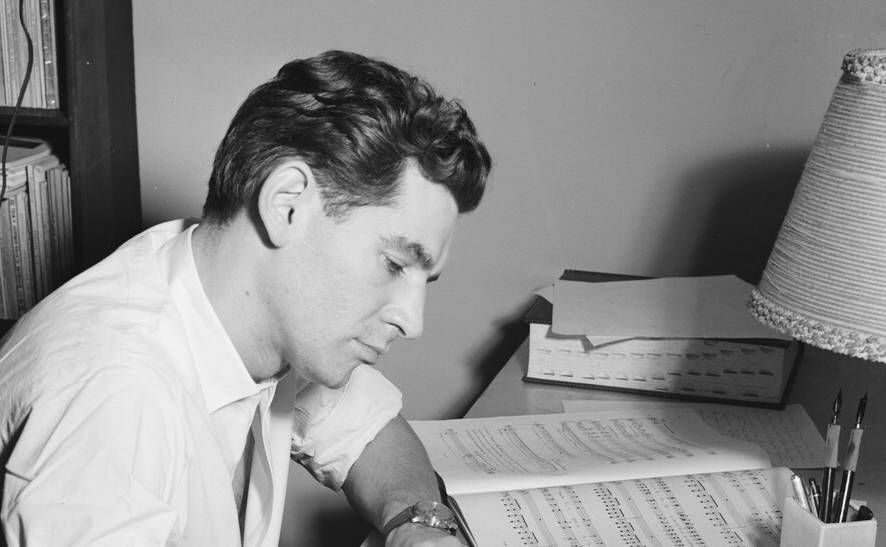 The Library of Congress, Wikimedia Commons
The Library of Congress, Wikimedia Commons
13. He Conducted The Conductor
Copland wasn’t the only classical musical teacher and aficionado that caught Bernstein’s attention. While attending Harvard, Bernstein was impressed with the “charisma and power” of the Greek conductor, Dimitri Mitropoulos, and the two allegedly carried on an affair. But Copland and Mitropulos were just the overtures to Bernstein’s tempestuous love life.
14. He Turned To Copland For Advice
Throughout his life, Bernstein had numerous affairs with both women and men. But, in his youth, he had a hard time trying to reconcile his romantic interests. So, he turned to Copland for advice—but he had some ideas of his own. Allegedly, Bernstein planned to hide his true romantic feelings by marrying his dentist's daughter.
As usual, the plan to hide his true nature was fraught with troubles.
15. His Friends Told Him To Be Himself
Bernstein also wrote about his plan to marry his dentist’s daughter in letters to David Oppenheim and Adolph Green. The advice from his friends, however, seemed to be not to deny his true feelings. Sadly, it would take Bernstein decades to find the same harmony in his romantic life as he did in his musical life. And even then, it only lasted as long as a song.
16. He Was An “A” Student
Bernstein survived his inner turmoil (and numerous affairs) at Harvard and even excelled in his career. After graduating from Harvard, he studied music conducting at the Curtis Institute of Music where he was an exemplary student. As legend has it, he was the only student to ever receive an “A” grade from the notoriously persnickety conducting teacher Fritz Reiner.
It might just have been a scarlet “A”.
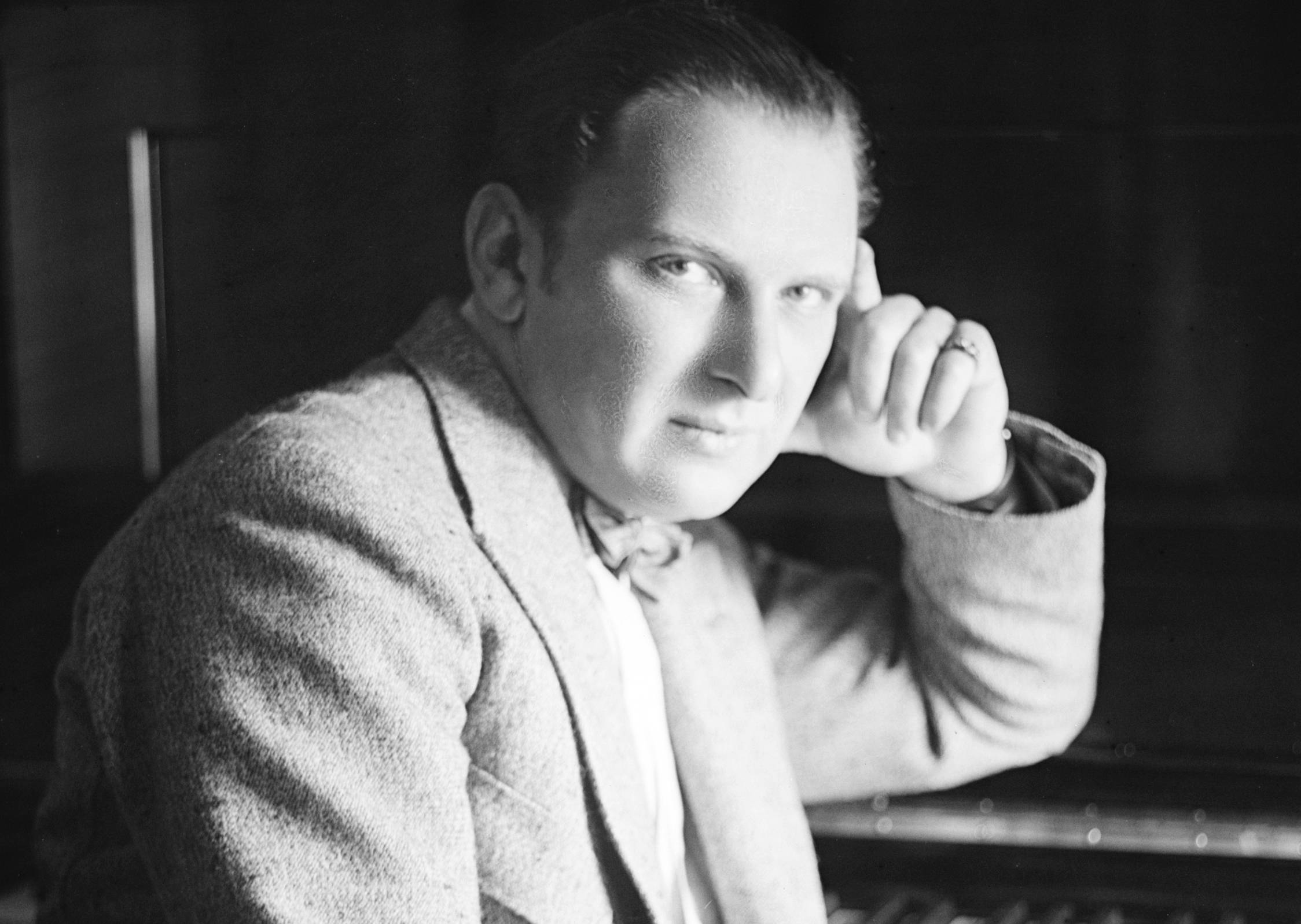 Bain News Service, Wikimedia Commons
Bain News Service, Wikimedia Commons
17. He Struggled To Make It
Bernstein completed his education at Curtis and, by all accounts, managed to keep his secret desires secret. He then moved to New York and supported himself by offering music lessons to singers and piano players. He got his big break, however, when he became the assistant conductor to Bruno Walter of the New York Philharmonic.
He wasn’t even ready for the kind of fame that came his way.
18. He Stepped Into The Spotlight
On the night of November 14, 1943, fate thrust Bernstein into the spotlight. He had only just started working as Walter’s assistant conductor when the man fell terribly ill with the flu. With little preparation, Bernstein had to take over that night’s performance with “challenging” works from Richard Wagner and Richard Strauss.
19. He Didn’t Rehearse
The unexpected turn of events had the 25-year-old Bernstein trembling in his boots. As he later recalled, “When it came to the time—that very day—all I can remember is standing there in the wings shaking and being so scared. There was no rehearsal”.
Turns out, he didn’t need to rehearse. Leonard Bernstein was born for this very moment.
20. He Was An “American Success Story”
Bernstein’s impromptu conducting debut turned him into an overnight sensation. The next morning, The New York Times raved about the electrifying new conductor on the block. “It's a good American success story,” The New York Times wrote. “The warm, friendly triumph of it filled Carnegie Hall and spread far over the air waves”.
But Bernstein’s newfound fame brought a dangerous dark side: He would have to work harder to keep his attraction to men secret or potentially face dire consequences.
21. He Held Dangerous Concerts
In 1948, Bernstein took his music to dangerous new levels. At the height of the bloody and brutal Arab-Israeli conflict, he decided to conduct a concert. In the middle of the desert and underneath nothing but the protection of the stars. It wouldn’t be the last time that Bernstein used his music to promote peace behind enemy lines.
22. He Was In Charge
Ever the rebel, Bernstein stunned audiences at an April 1962 concert starring the solo pianist Glenn Gould. Before the performance even began, Bernstein disavowed any responsibility for what he dubbed Gould’s “idiosyncratic” interpretation of the music. To their amazement, he addressed the crowd, saying, “In a concerto, who is the boss: the soloist or the conductor?”
There was no doubt—he was in charge.
23. He Found Everything He Ever Wanted
Bernstein wasn’t just in Israel to give a rousing performance in dangerous circumstances. He was also there to get aroused. While there, he had an affair with the hunky Israeli serviceman, Azariah Rapoport. From the sounds of it, he fell madly in love. “I can't quite believe that I should have found all the things I've wanted rolled into one,” he wrote.
But he couldn’t express his love publicly.
24. He Found The Woman Of His Dreams
In the happy post-WWII year of 1946, Bernstein met the woman of his dreams—i.e., a woman who could help him keep his secret. While at a party, Bernstein met the enchanting Costa Rican-Chilean actress, Felicia Montealegre. There must have been sweet melodies in the air because the two immediately locked eyes. But they weren’t always in harmony.
25. He Was Hot And Cold
Bernstein and Montealegre had a troublesome on-again, off-again relationship. To outsiders, their tempestuous romance seemed like the product of their passionate, creative and artistic personalities. But Bernstein and Montealegre knew the truth.
Nevertheless, they managed to find the right key long enough to get engaged.
26. He Broke It Off
Within a year of meeting each other, Bernstein and Montealegre became engaged. Sadly, within that same year they also broke off their engagement. The official story they gave for their split was simply to say that “they were not ready for marriage”.
In truth, both Bernstein and Montealegre wanted to make music with someone else.
27. His Fiance Walked Out
Bernstein had wanted to marry Montealegre to help cover up his true desires. Unfortunately, it seems like Montealegre wanted a real marriage, not a sham one. After they broke off their engagement, Montealegre started up a romance with the dashing Hollywood hunk, Richard Hart. By all accounts, they were headed for the chapel.
Then circumstances brought Montealegre back to Bernstein.
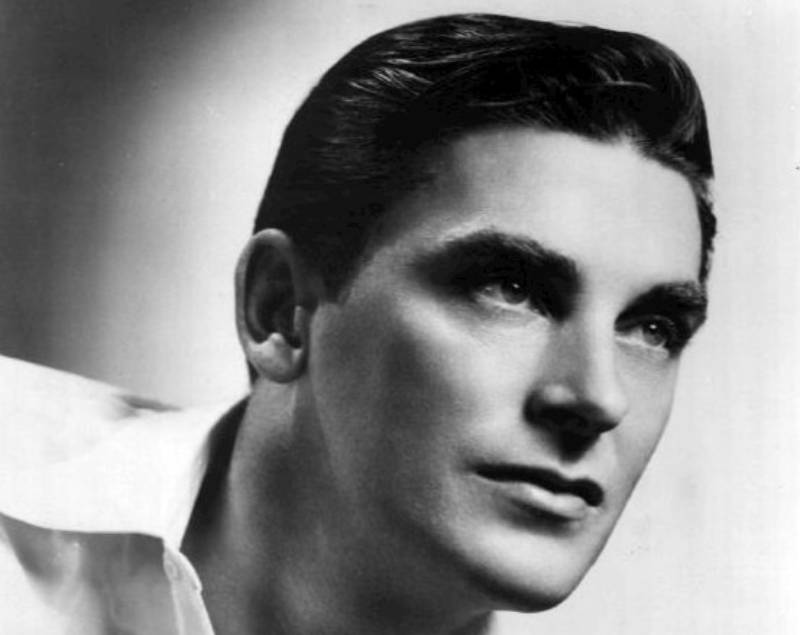 The Bureau of Industrial Service, Wikimedia Commons
The Bureau of Industrial Service, Wikimedia Commons
28. He Married An Honest Woman
A “coronary occlusion” was bad news for Hart—it ended his life after just 35 years. But it was good news for Bernstein. Following Hart’s unexpected demise, Bernstein and Montealegre reunited. This time, both Bernstein and Montealegre were desperate to get married, each for their own less-than-honorable reasons.
As such, they had one of the strangest prenups in history.
29. He Had An Understanding
Montealegre deeply admired Bernstein—and even loved him in her own way. But to marry a man that she knew couldn’t love her wholly took some understanding. She only agreed to the marriage if Bernstein agreed that he would not “embarrass her publicly”.
Apart from that, she gave him free rein. Bernstein took full advantage.
30. He Had Trouble In Paradise
Even though his marriage to Montealegre was a sham, Bernstein couldn’t deny that she inspired some of his best work. While honeymooning in Mexico with his new bride, Bernstein wrote Trouble in Tahiti. The opera tells the story of a couple’s “troubled marriage[...]whose idyllic suburban post-WWII environment belies their inner turmoil”.
It was so scandalous that it was practically confessional.
31. His Wife Was Sympathetic
Bernstein lucked out in finding a wife like Montealegre. She clearly expressed her sympathies for him when she wrote, “You are a homosexual and may never change—you don't admit to the possibility of a double life, but if your peace of mind, your health, your whole nervous system depend on a certain [carnal] pattern what can you do?”
Well, for starters, he could have multiple affairs.
32. He Couldn’t Live A Lie
By 1976, Bernstein could no longer live a lie. While he remained married to Montealegre, he separated from her to live with his long-time lover, Tom Cothran. While Montealegre loathed Cothran, she wished Bernstein all the happiness in the world.
Without intending to, however, she ruined Bernstein’s second chance at happiness.
33. His Wife Couldn’t Take It Any More
Even though he was living with Cothran, Bernstein still kept his promise to Montealegre—he would not embarrass her in public. But Montealegre found it ever more difficult to conceal her anger and frustration with Bernstein and their shameful sham of a marriage. She had never promised not to embarrass him publicly. And that’s exactly what she did.
34. He Performed With His Wife
Bernstein and Montealegre took to the stage at the 1976 Carnegie Hall holiday concert of Peter and the Wolf. Bernstein conducted and Montealegre narrated. Despite their marital problems, the concert was such a success that an assistant presented Bernstein with a bouquet of 100 roses while the couple received their standing ovation.
The audience wasn’t clapping for long, though.
35. He Brought Her Flowers
In an attempt to show his appreciation to Montealegre—or to further conceal their marital problems from the public—Bernstein attempted to give the roses to her. Just as he was about to, however, his fiery wife turned on her heel and walked off stage, leaving the roses to fall to the stage floor while the audience gasped with stunned astonishment.
36. He Was Different In Private
In public, Bernstein did his best to conceal his many affairs. But, in private, he practically flaunted them in front of his poor, long-suffering wife. One of their friends later recalled a visit to the Bernstein household that would have made tabloid headlines if anyone but him had seen it. Thankfully, the walls of the Bernstein house kept its secrets.
37. He Smooched In The Halls
This visiting friend described a vivid snapshot from the Bernstein household that evening. He stumbled upon Bernstein in the hallway, entwined in a passionate embrace with an Adonis-like young man of 20. Meanwhile, Montealegre languished alone in the somber solitude of their living room, a tableau of secrets and desires hidden behind closed doors.
38. His Wife Was His Secretary
Bernstein’s carefree, reckless behavior behind closed doors became something of an issue for Montealegre. She frequently discovered graphic love letters between Bernstein and his many “boyfriends” all over their house. She would even answer their phone only to find herself taking down messages from Bernstein’s lovers. And that wasn’t even the worst of it.
39. His Wife Caught Him, Pants Down
One of the reasons that Montealegre probably disliked Cothran as much as she did was because of how she learned about him. The love letters and missives from Bernstein’s lovers were one thing—but the reality of his affairs was another. Bernstein loved Cothran so much that he became reckless, allowing Montealegre to catch him and Cothran in bed together.
40. He Did Love His Wife—In A Way
Just one year after he moved in with Cothran, Bernstein had to abandon his not-so-secret lover when Monteleagre became ill with terminal lung cancer. Even though he didn’t feel romantic love for Montealegre, he still loved her enough to move back in with her and provide her with comfort and care until the illness consumed her life.
41. He Came Out Of Hiding
Following Montealegre’s passing, Bernstein threw caution to the wind. He felt that he no longer needed to hide his desires any longer. Not from anyone. One particularly scandalous event saw Bernstein attend the White House piano recital of William Huckaby. After the recital, Huckaby was speaking with then-President Jimmy Carter when, all of a sudden, Bernstein made a scene.
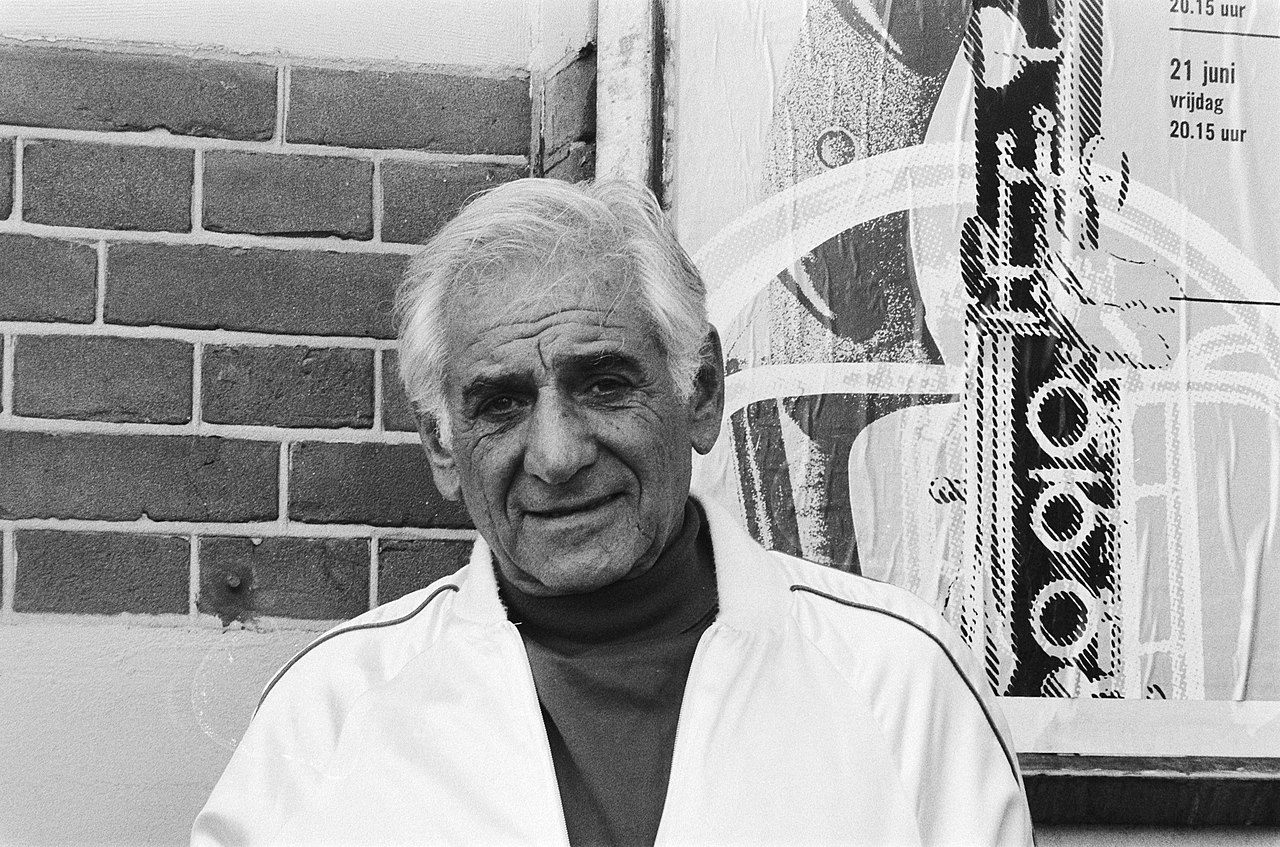 Sjakkelien Vollebregt, CC0, Wikimedia Commons
Sjakkelien Vollebregt, CC0, Wikimedia Commons
42. He Disgusted A President
Huckaby recalled feeling “these hands clamped on my shoulders”. It was Bernstein. Apparently, he really wanted to let Huckaby know that he enjoyed his recital. Without warning, he spun Huckaby around and planted a big French kiss on him for the entire reception to see. Shocked and utterly mortified, President Carter stormed off.
43. He Was “Radical” And “Chic”
Bernstein became enemies with more than one president. In January 1970, he and Montealegre hosted a party to raise funds for the Black Panthers. The controversial evening sparked outrage from everyone with The New York Times calling the attendees and the evening’s hosts “radical chic”. That one soiree had devastating consequences.
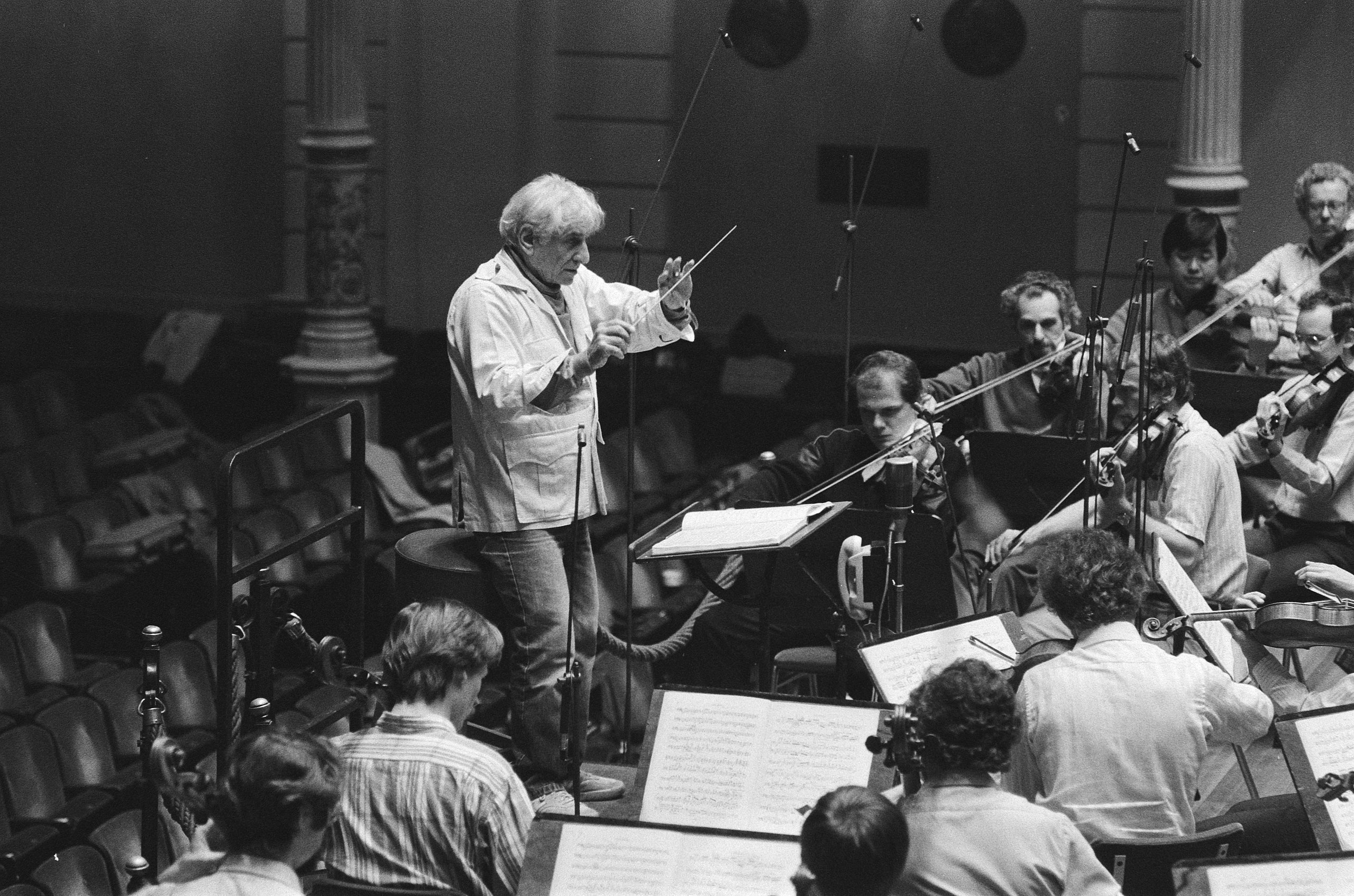 Sjakkelien Vollebregt, CC0, Wikimedia Commons
Sjakkelien Vollebregt, CC0, Wikimedia Commons
44. He Was On Nixon’s Naughty List
All throughout his life and career, Bernstein was active in social issues. Particularly those concerning race. But the Black Panthers fundraiser that he and Montealegre hosted was one step too far for one president. The headline-grabbing party landed Bernstein on Richard Nixon’s infamous “enemies list”. And Nixon wasn’t the only one keeping tabs.
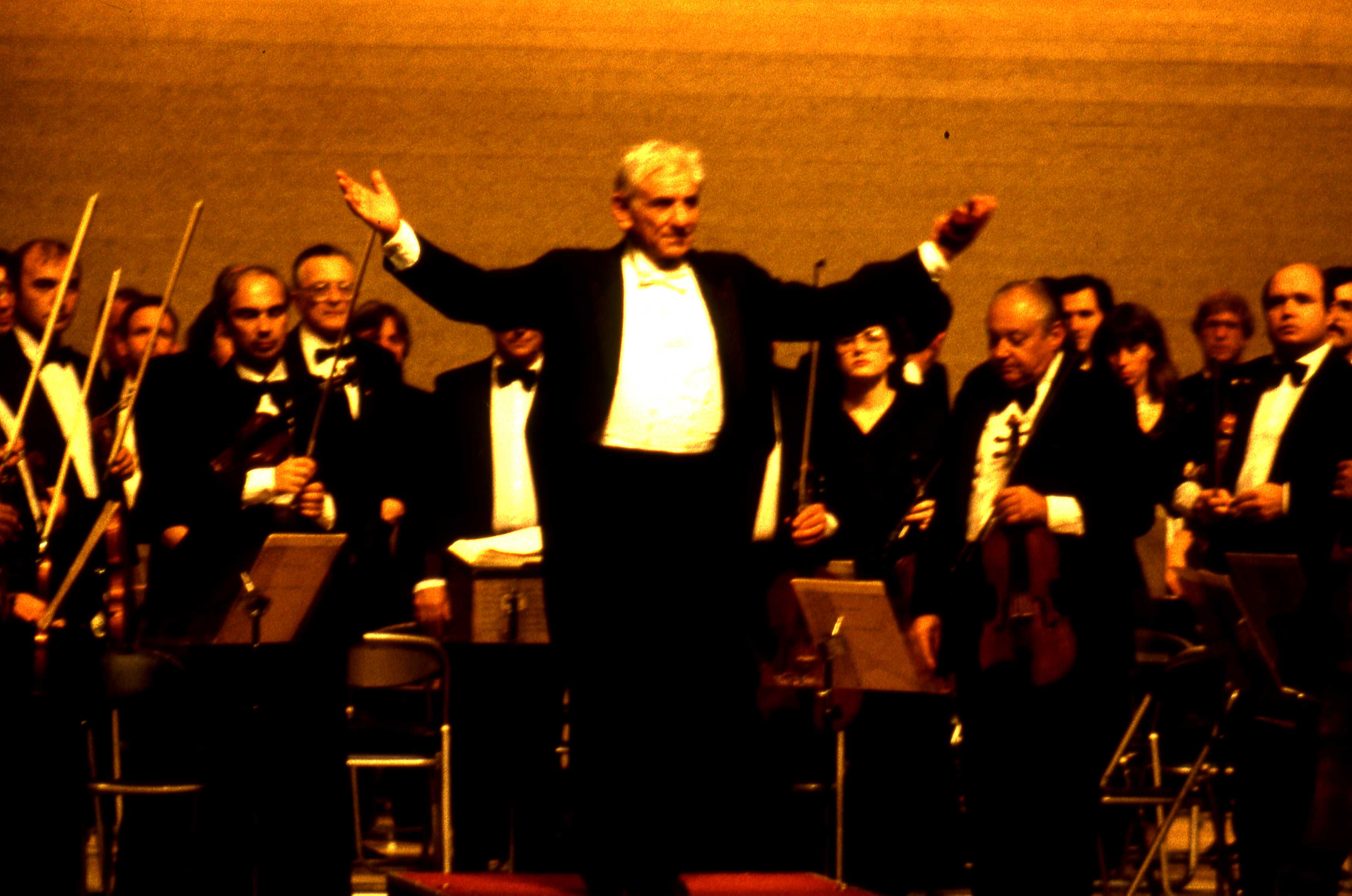 Akiyoshi Matsuoka, CC BY-SA 4.0, Wikimedia Commons
Akiyoshi Matsuoka, CC BY-SA 4.0, Wikimedia Commons
45. He Was On The Wanted List
Bernstein managed to keep the details of his romantic life largely private—but some people had been keeping tabs. Specifically, the Federal Bureau of Investigation. The FBI investigated Bernstein “for his ties to communist organizations” and compiled an 800-page dossier on him. No doubt filled with the details of his sordid affairs.
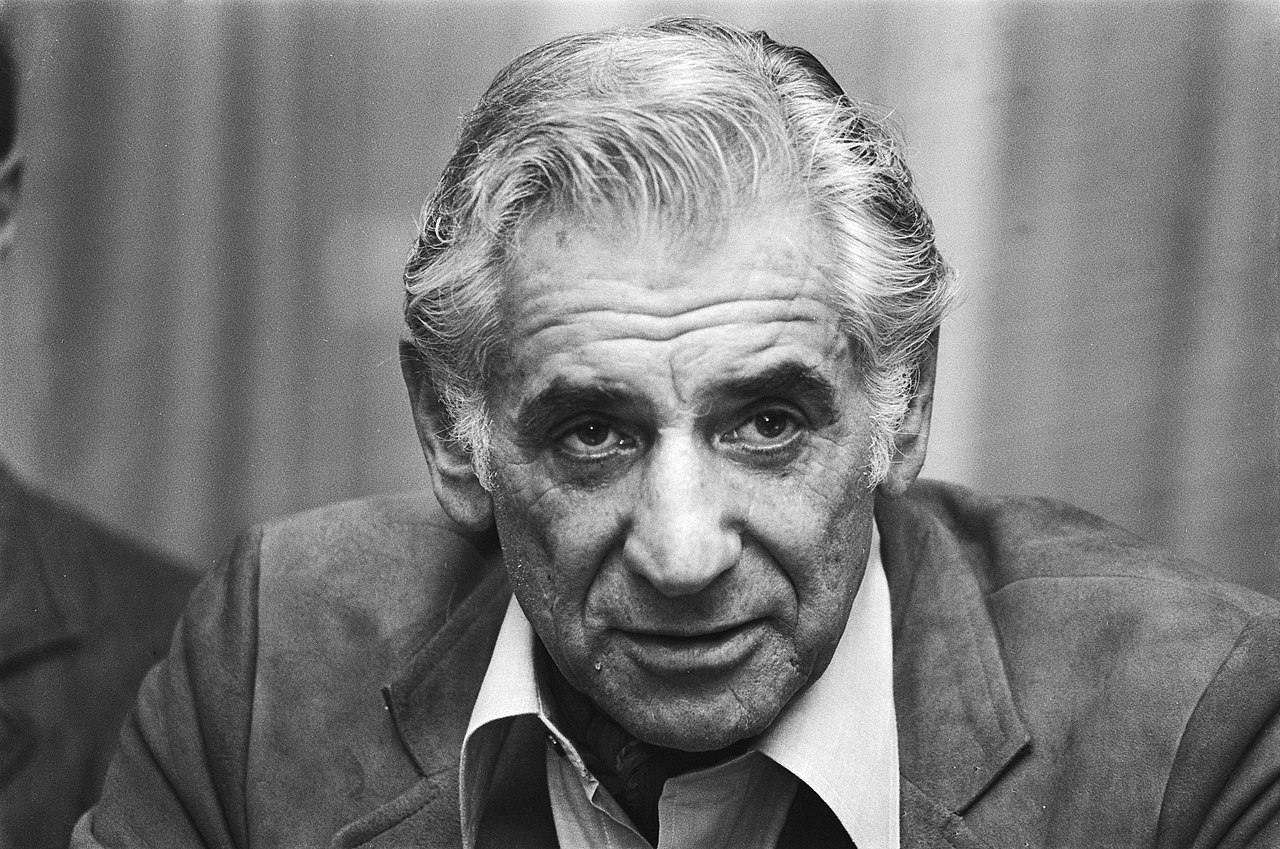 Hans Peters , CC0, Wikimedia Commons
Hans Peters , CC0, Wikimedia Commons
46. He Was Filled With Regret
In his later years, Bernstein became pensive and reflective—or “frustrated and cantankerous” depending on who you ask. Regardless, the famous composer and conductor was wracked with guilt over how his many sordid liaisons had impacted Montealegre’s health. He expressed his deep regrets the only way he knew how—through his music.
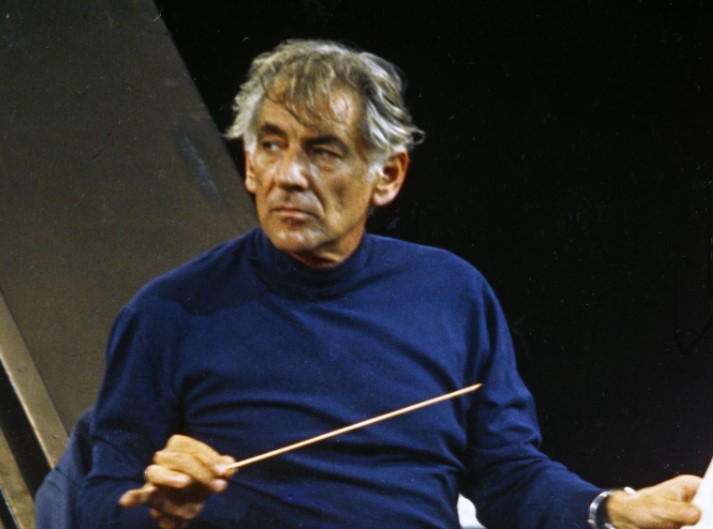 Allan warren, CC BY-SA 3.0, Wikimedia Commons
Allan warren, CC BY-SA 3.0, Wikimedia Commons
47. He Went Back To The Beginning
Facing his own mortality and the shame of his previous behavior, Bernstein revisited Trouble in Tahiti, the opera he had written while honeymooning with Montealegre in Mexico. In something approximating an apology, he wrote another semi-autobiographical opera, A Quiet Place, picking up where Trouble in Tahiti had left off.
The opera dealt openly with his own issues surrounding his identity.
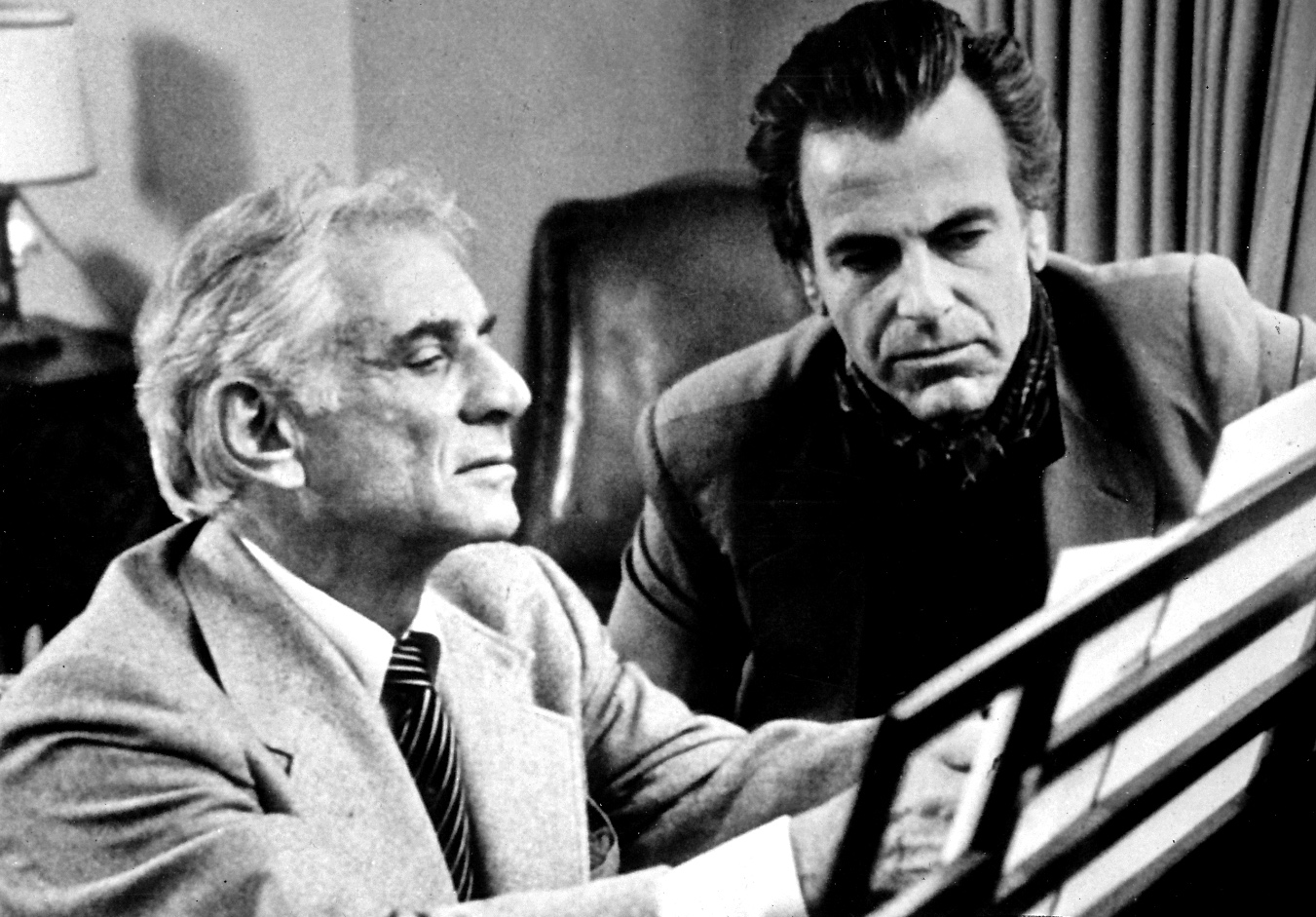 Unknown Author, Wikimedia Commons
Unknown Author, Wikimedia Commons
48. He Was Two In One
Bernstein saw himself reflected in the troubled lives and complicated melodies of his predecessors. The artist with whom he most identified was probably Gustav Mahler. He wrote, “It's like being two different men locked up in the same body; one man is a conductor and the other a composer[...]It's like being a double man”.
49. He Was A Family Man
There’s no doubt that Bernstein struggled to find the harmony between the two competing versions of himself. Nevertheless, he was still a happy family man (who had more than a few affairs on the side). Bernstein had three kids with Montealegre who, despite his marital troubles, he adored very much. Until the word games came out, that is.
50. He Was Cutthroat
When he wasn’t composing music or “conducting” one of his many affairs, Bernstein enjoyed spending time with his family. He often hit the ski slopes or played tennis. But his real love was word games. According to our sources, however, he had his knives out for solving anagrams when he would become so competitive so as to be “cutthroat”.
51. He Was Musical Until The End
Bernstein worked right up until the day he croaked—or, just about. He announced his retirement in October of 1990 at the age of 72. Just five days later, the music finally left him and his heart gave out due to complications brought on by mesothelioma. He wouldn’t have wanted it any other way, saying, “Life without music is unthinkable. Music without life is academic”.

